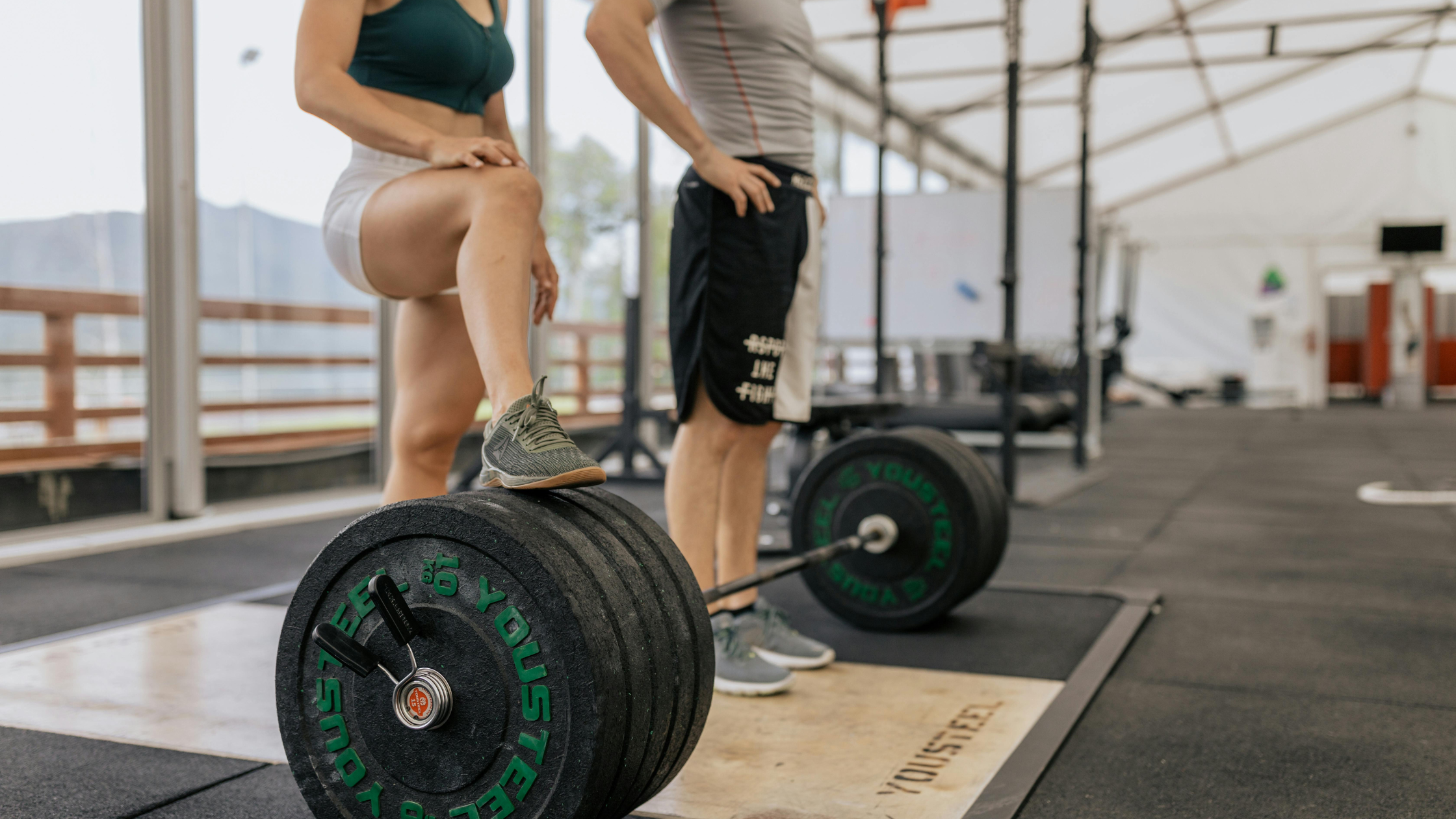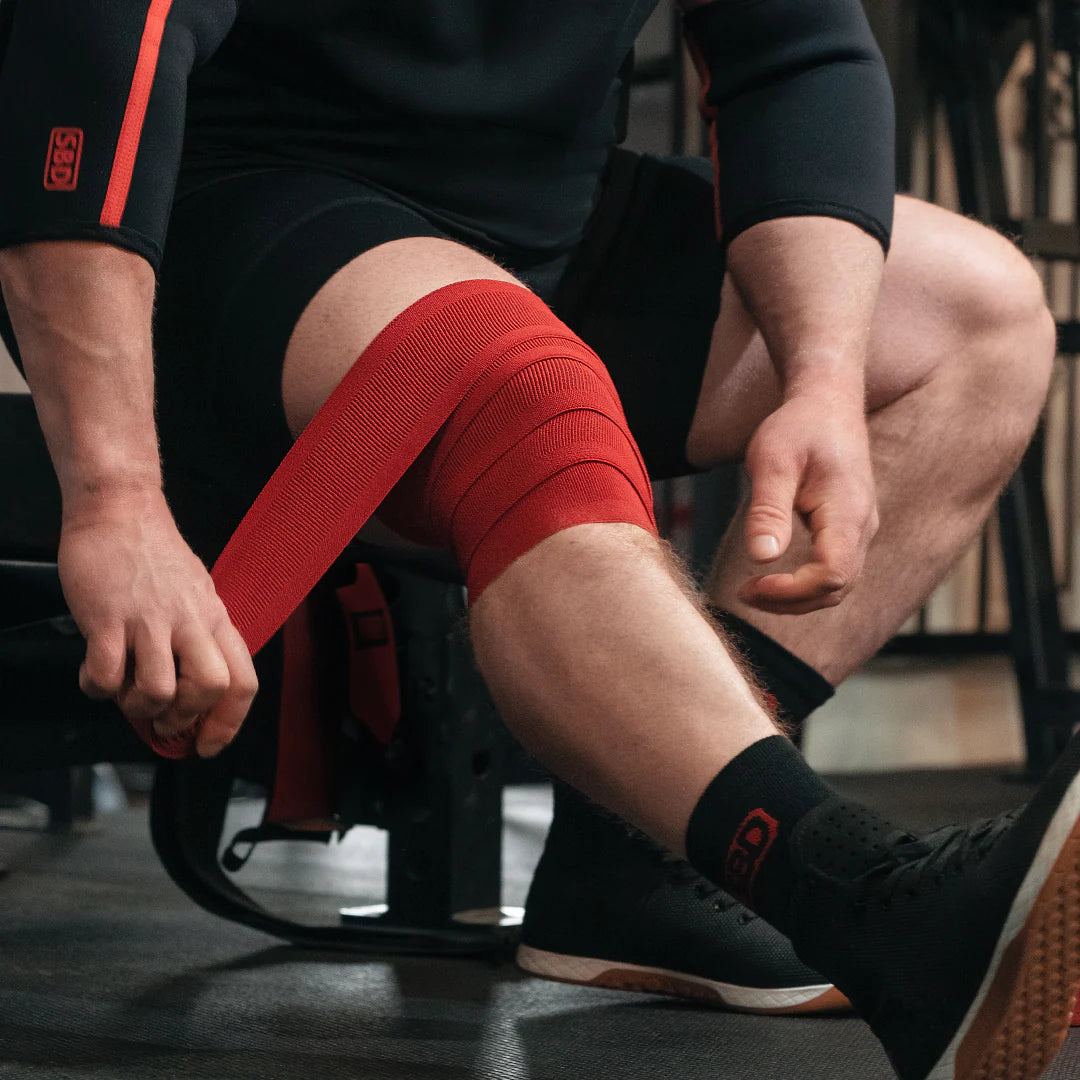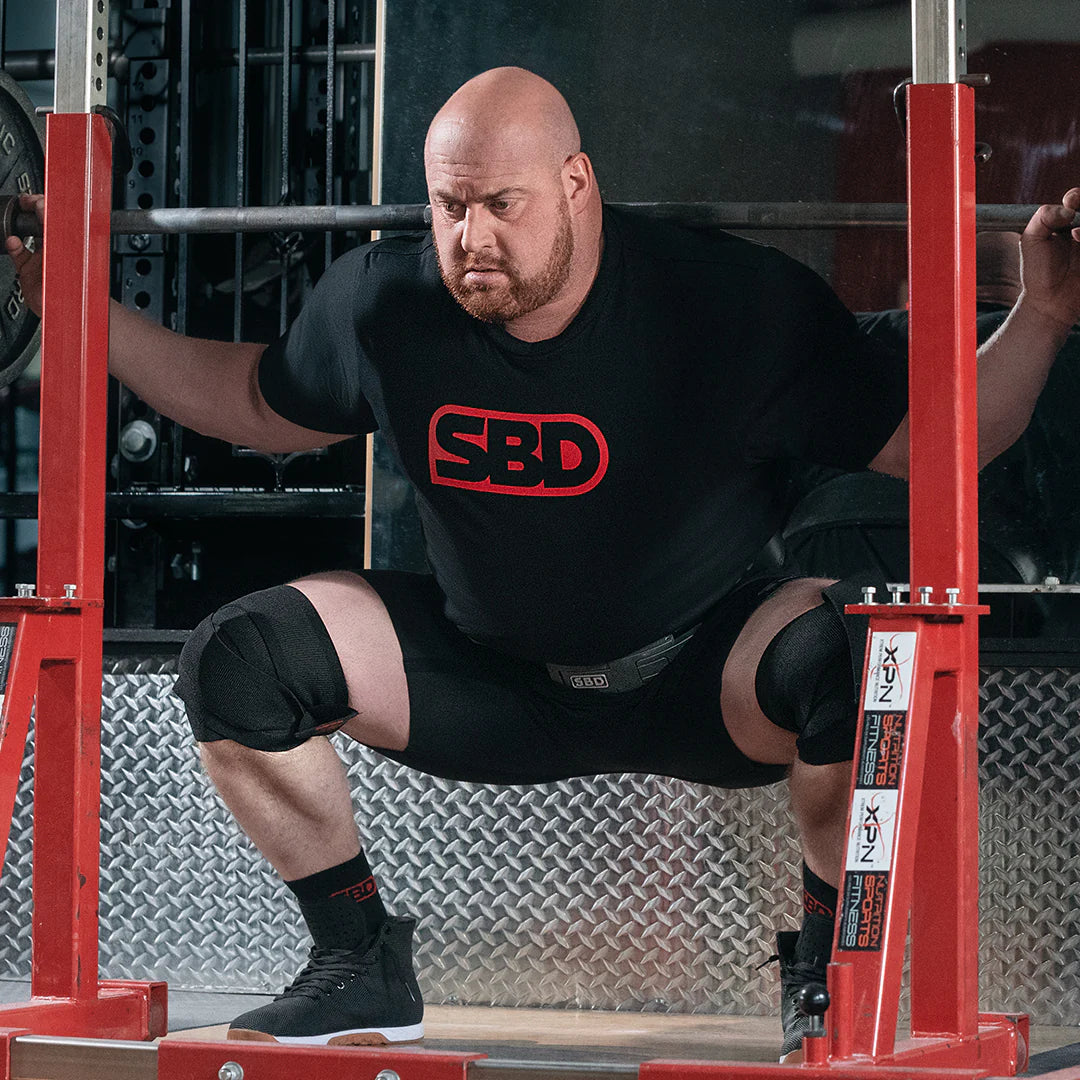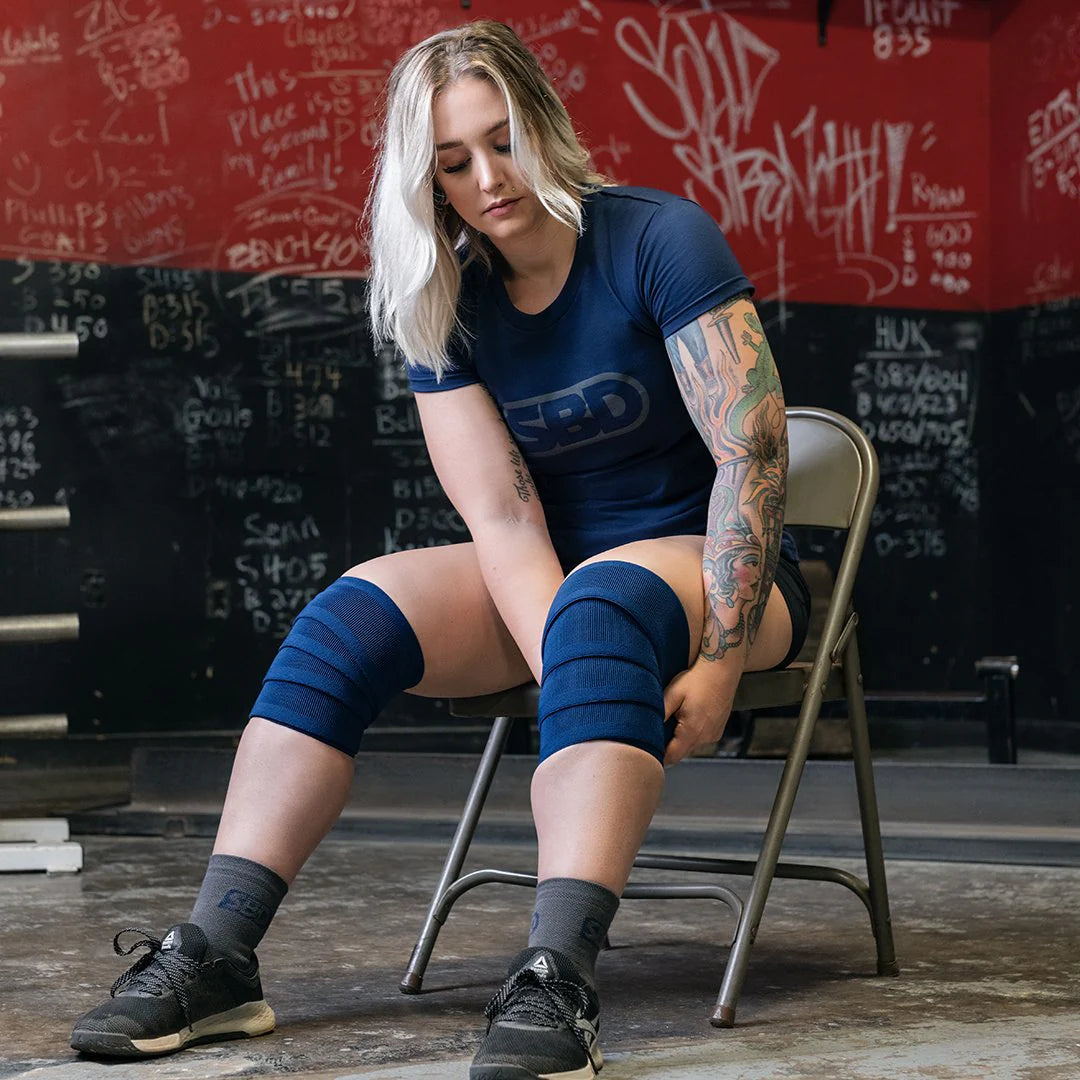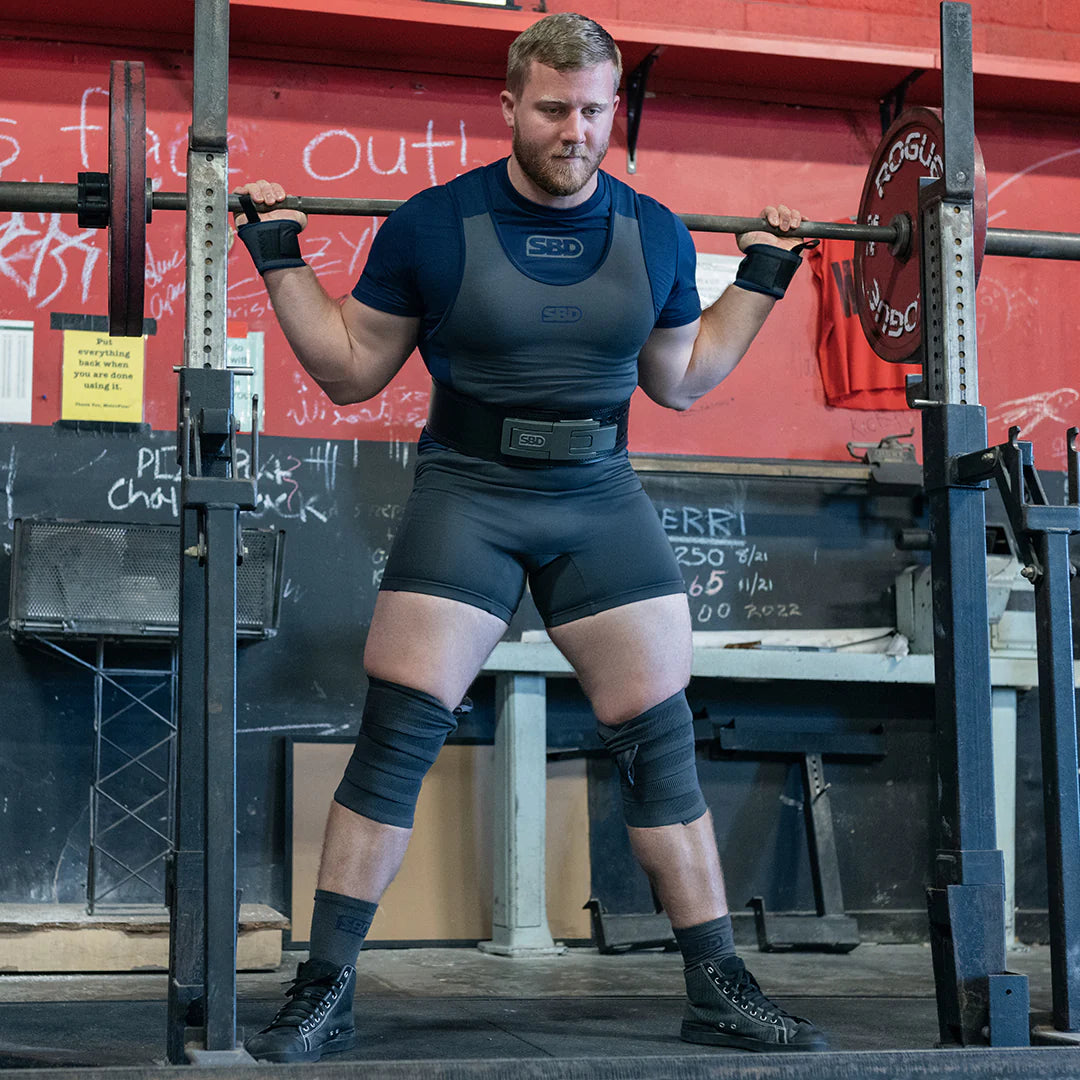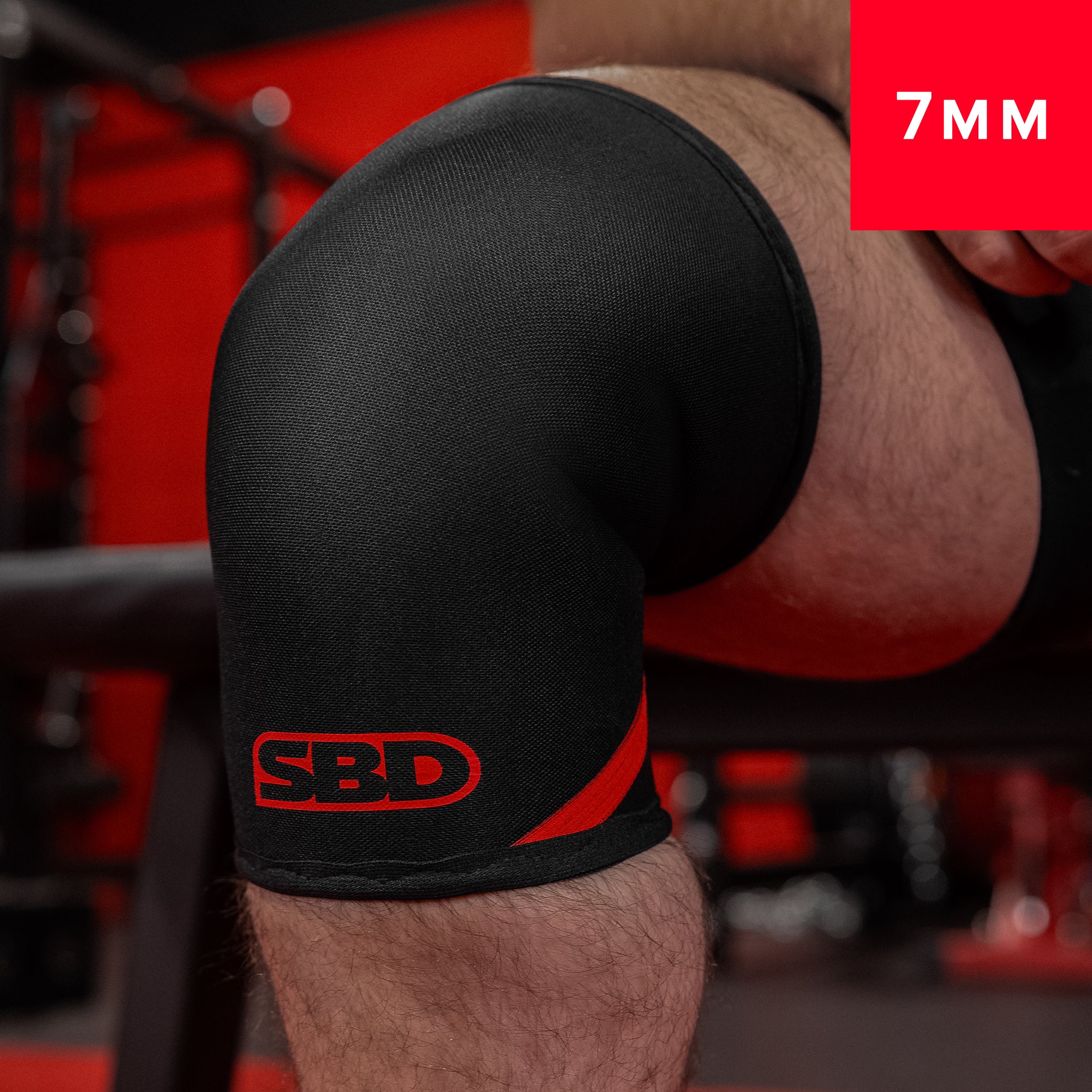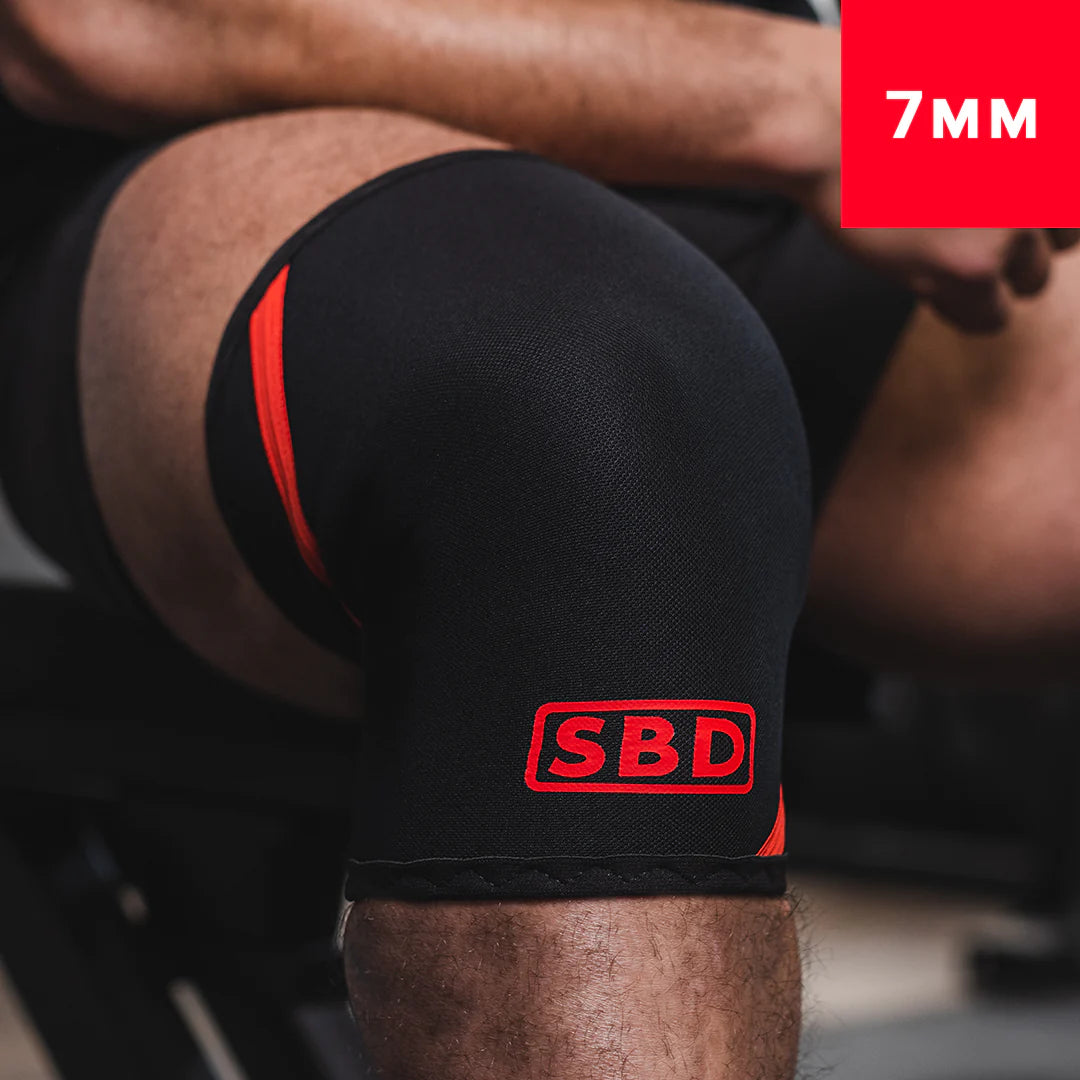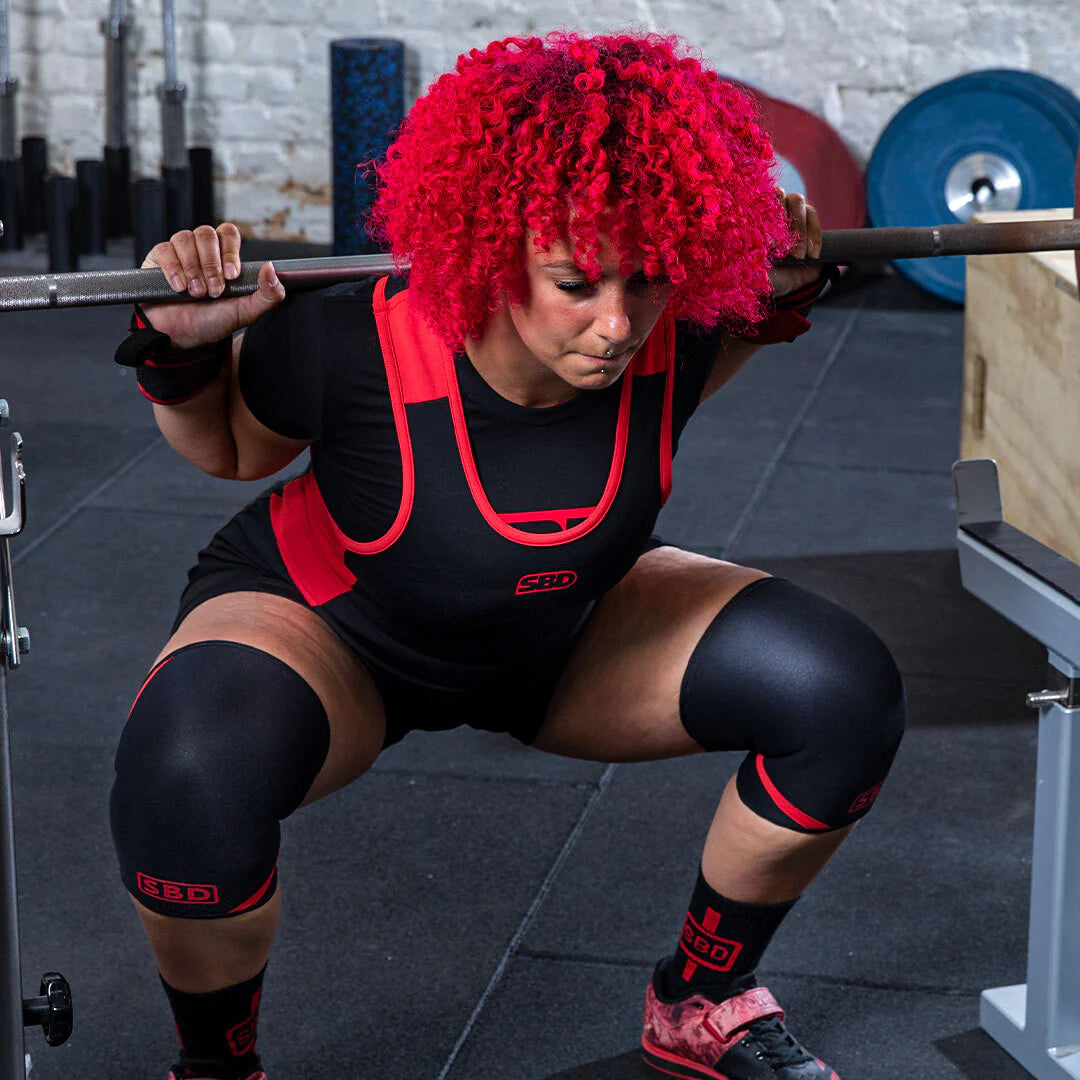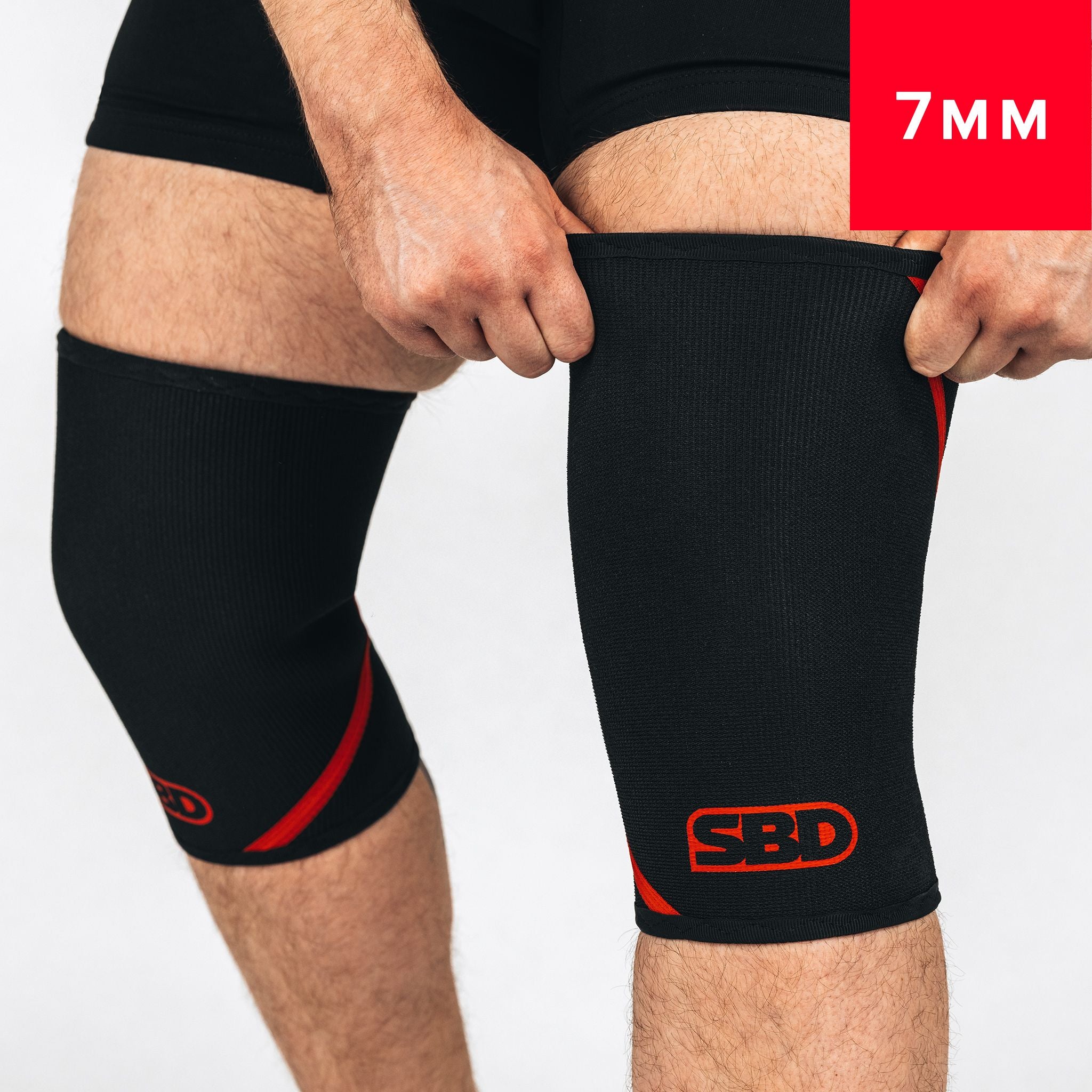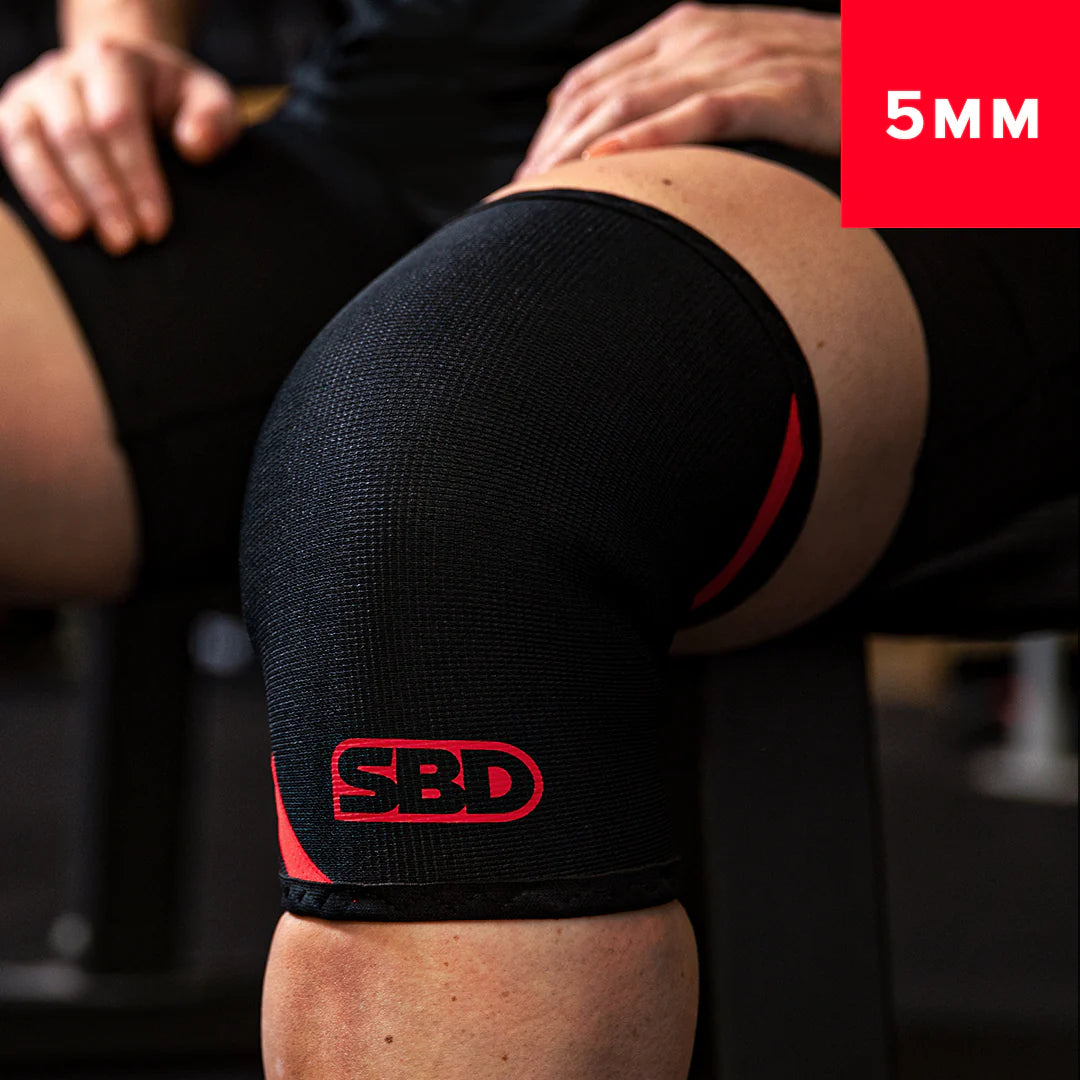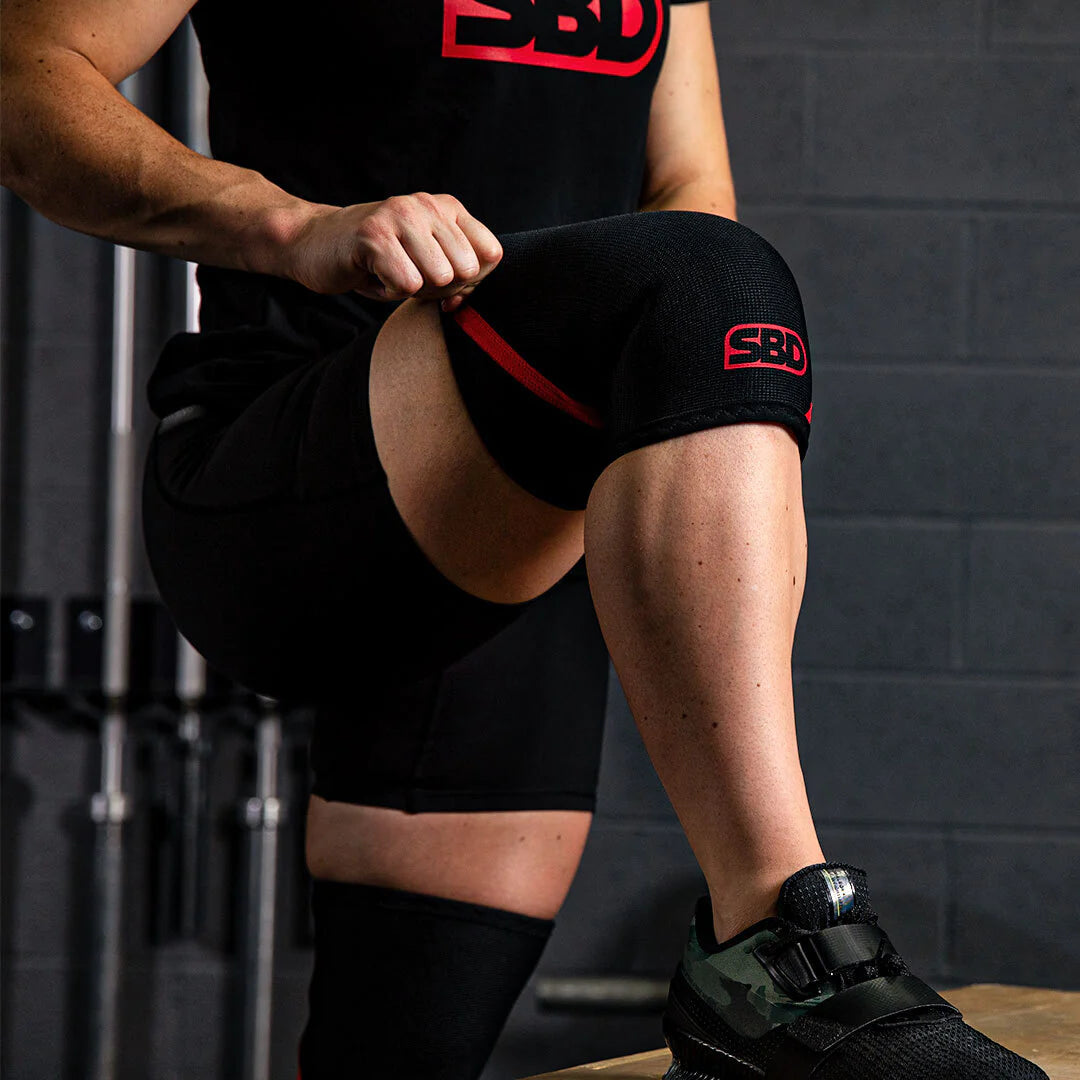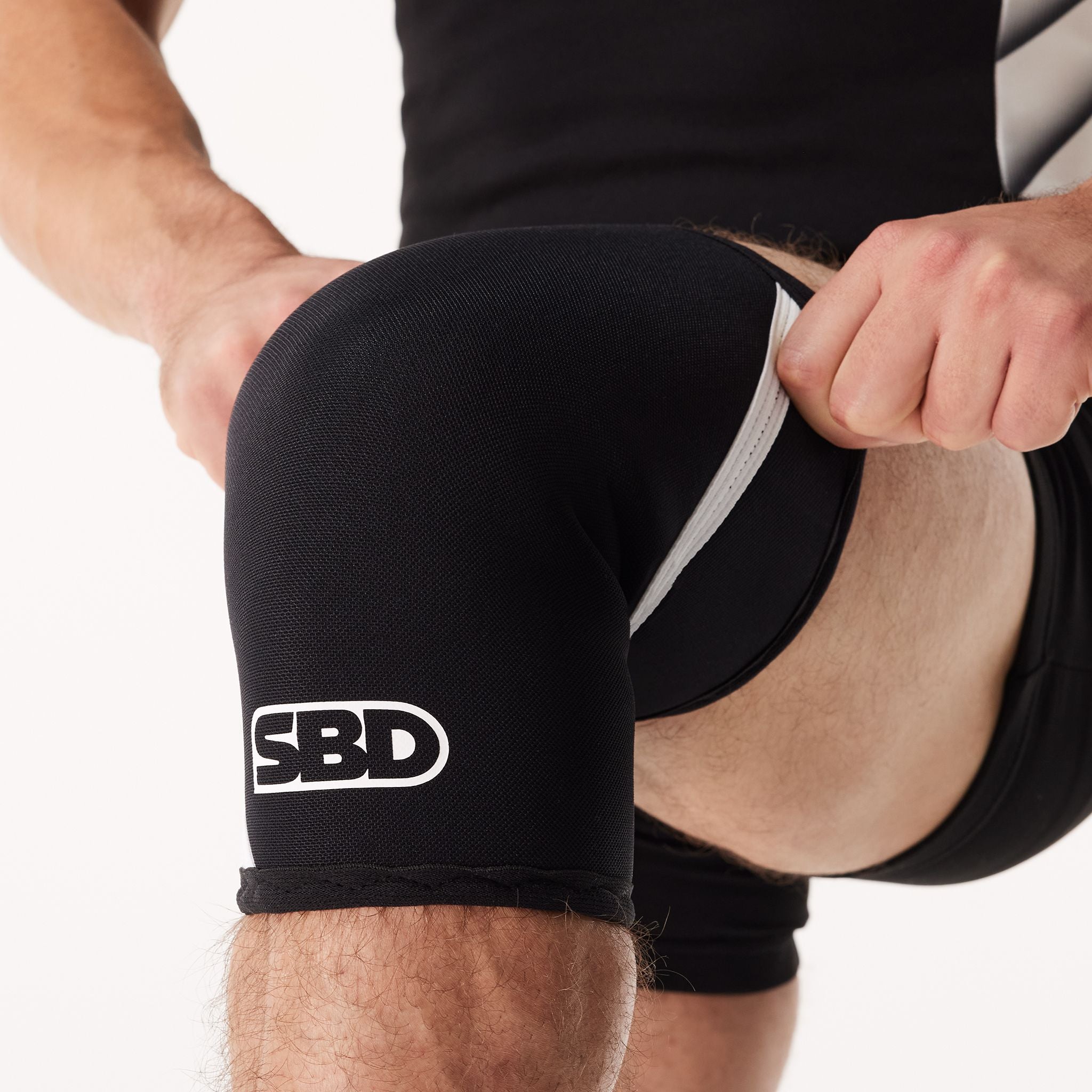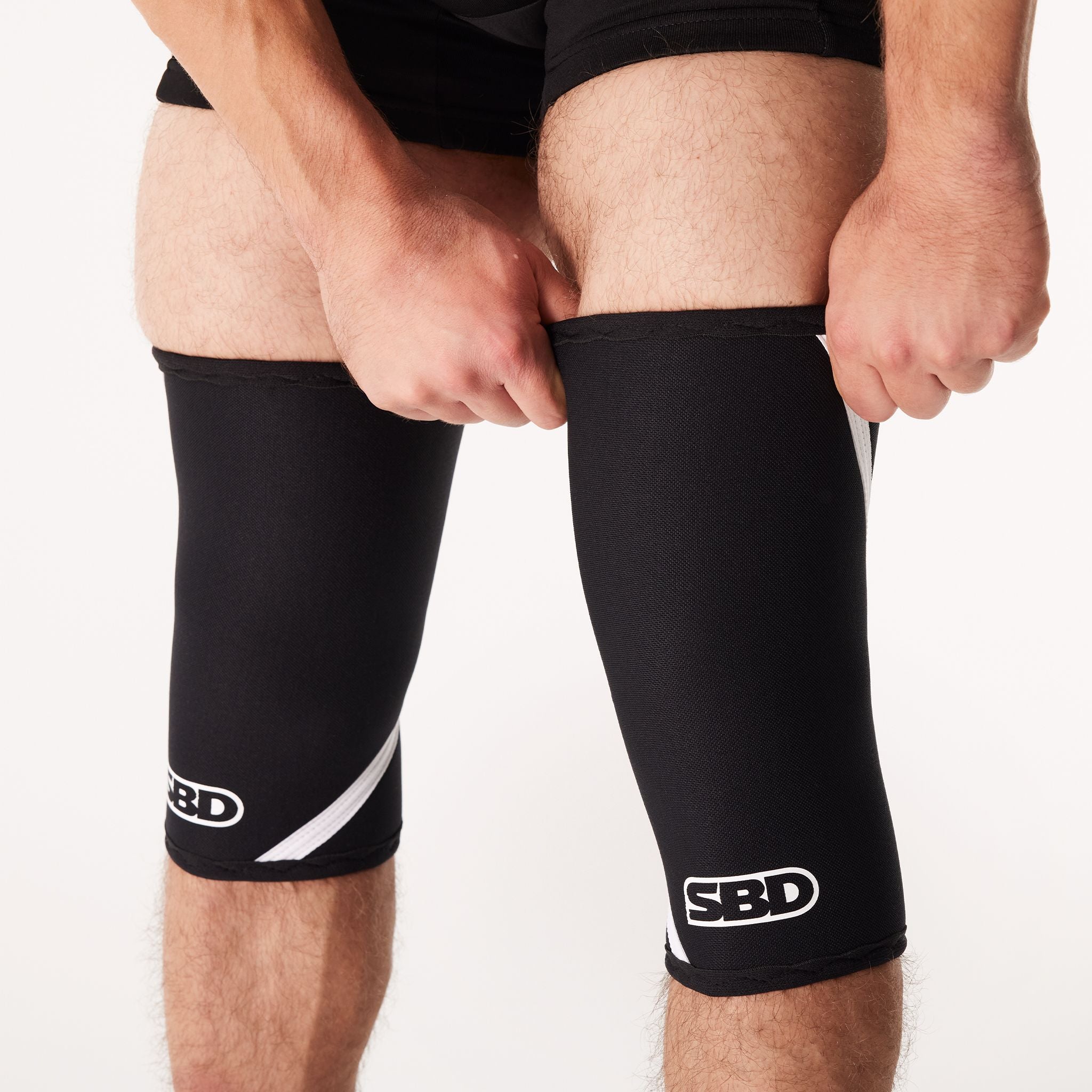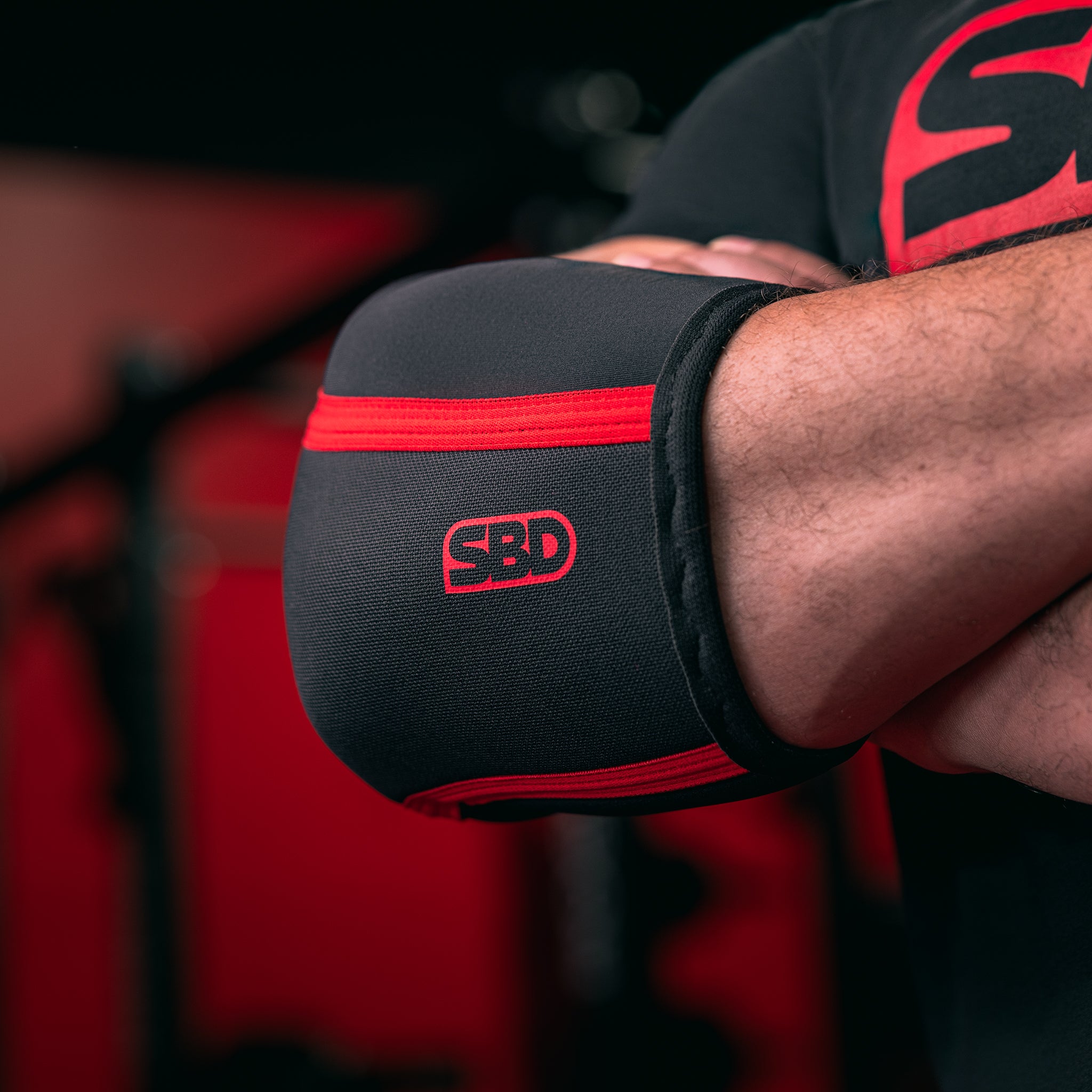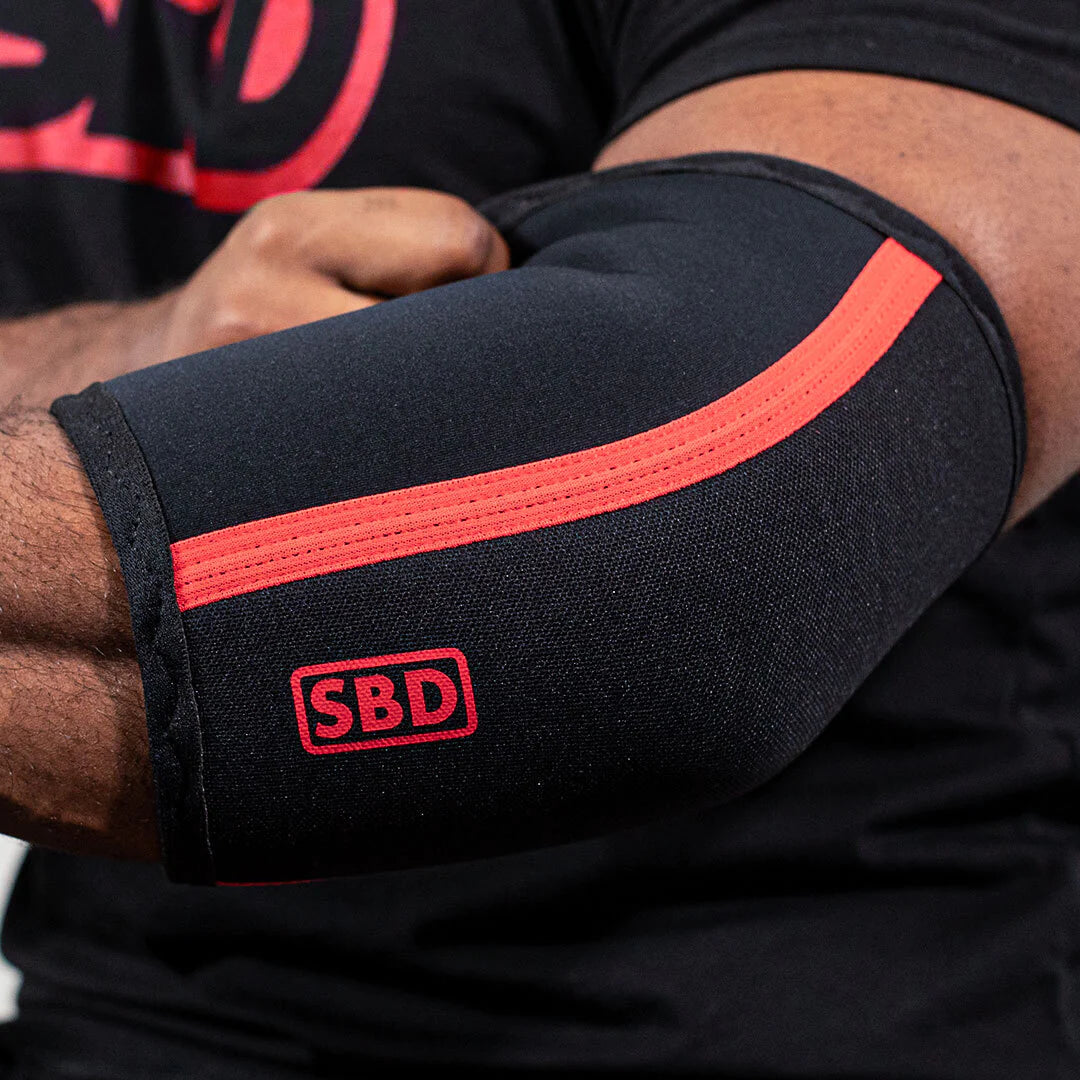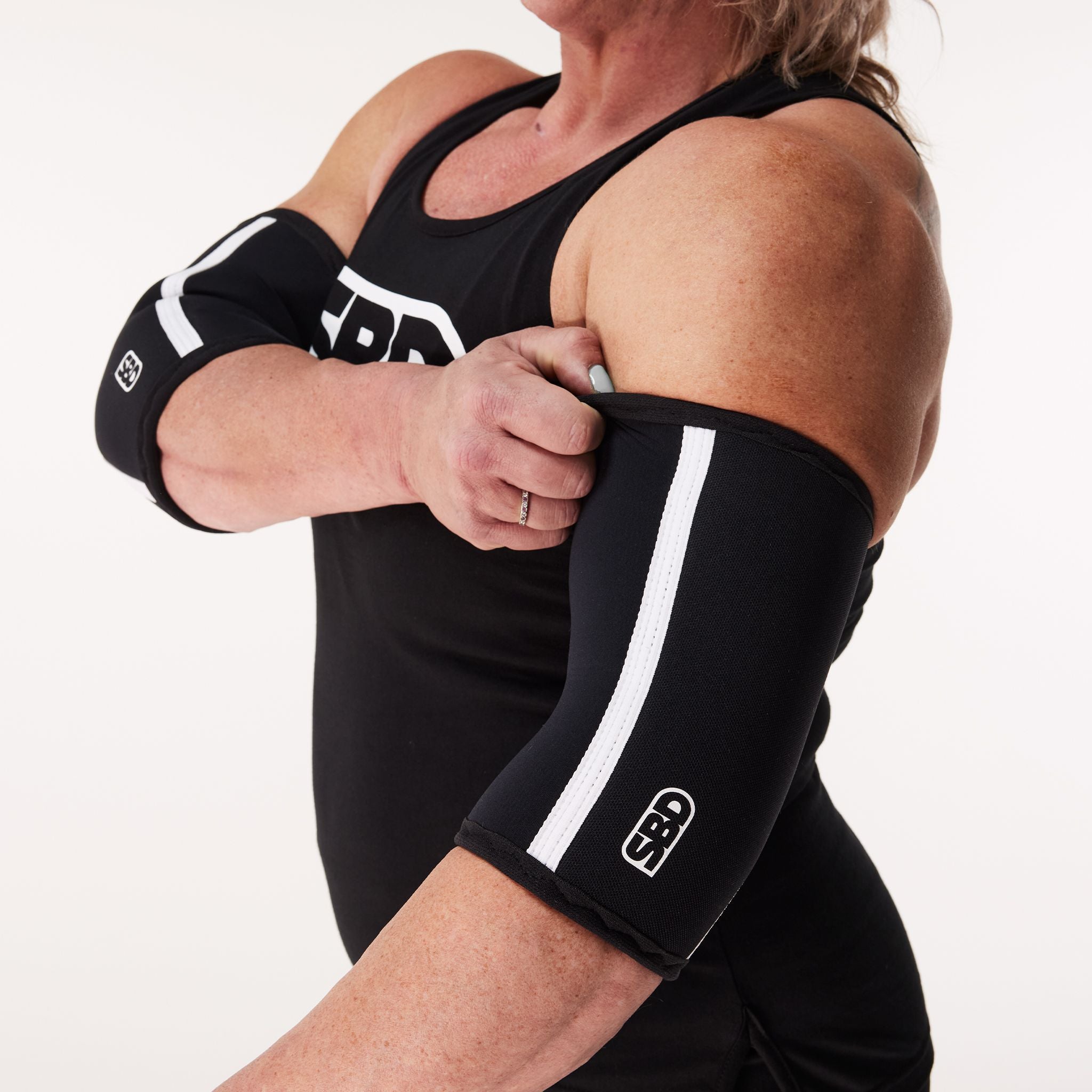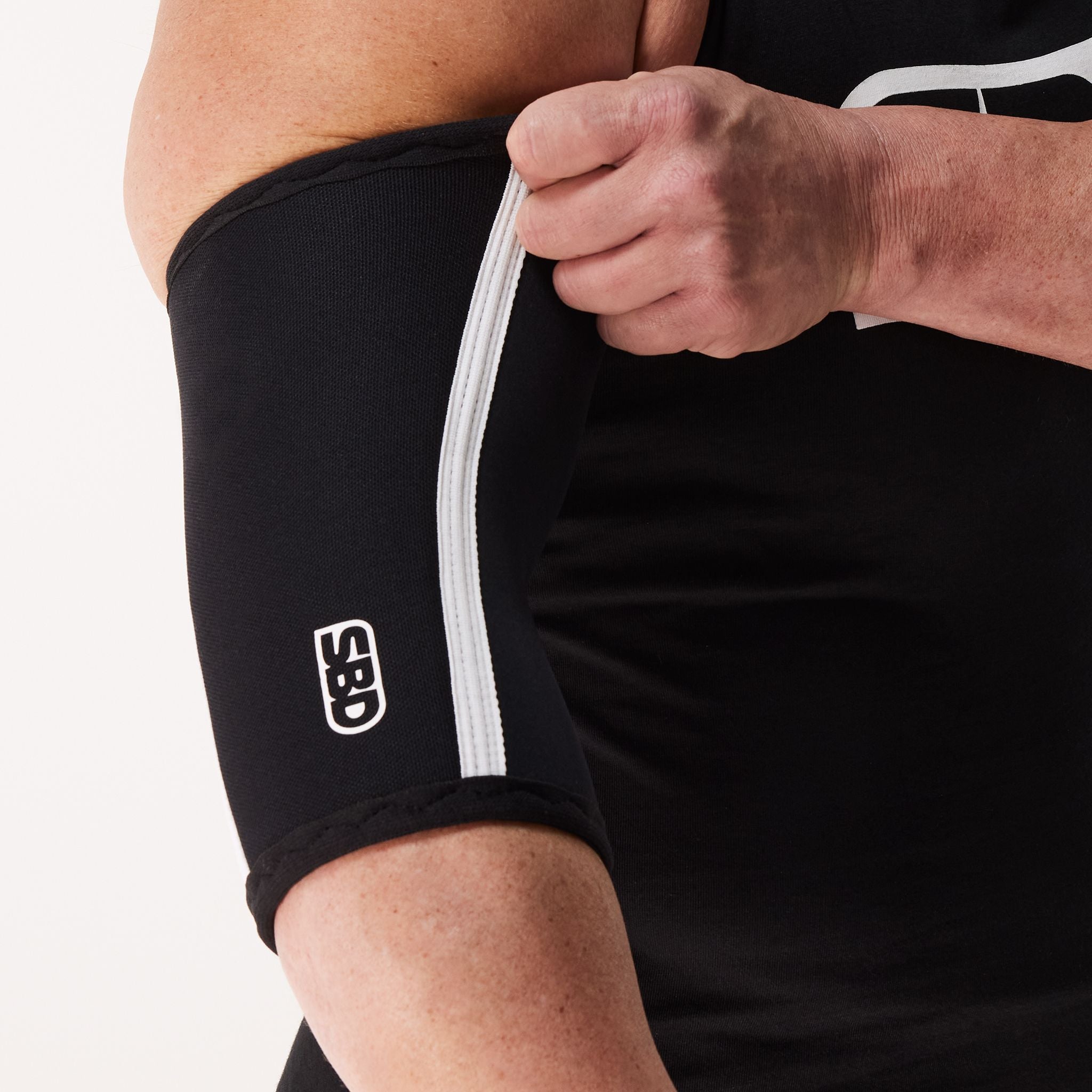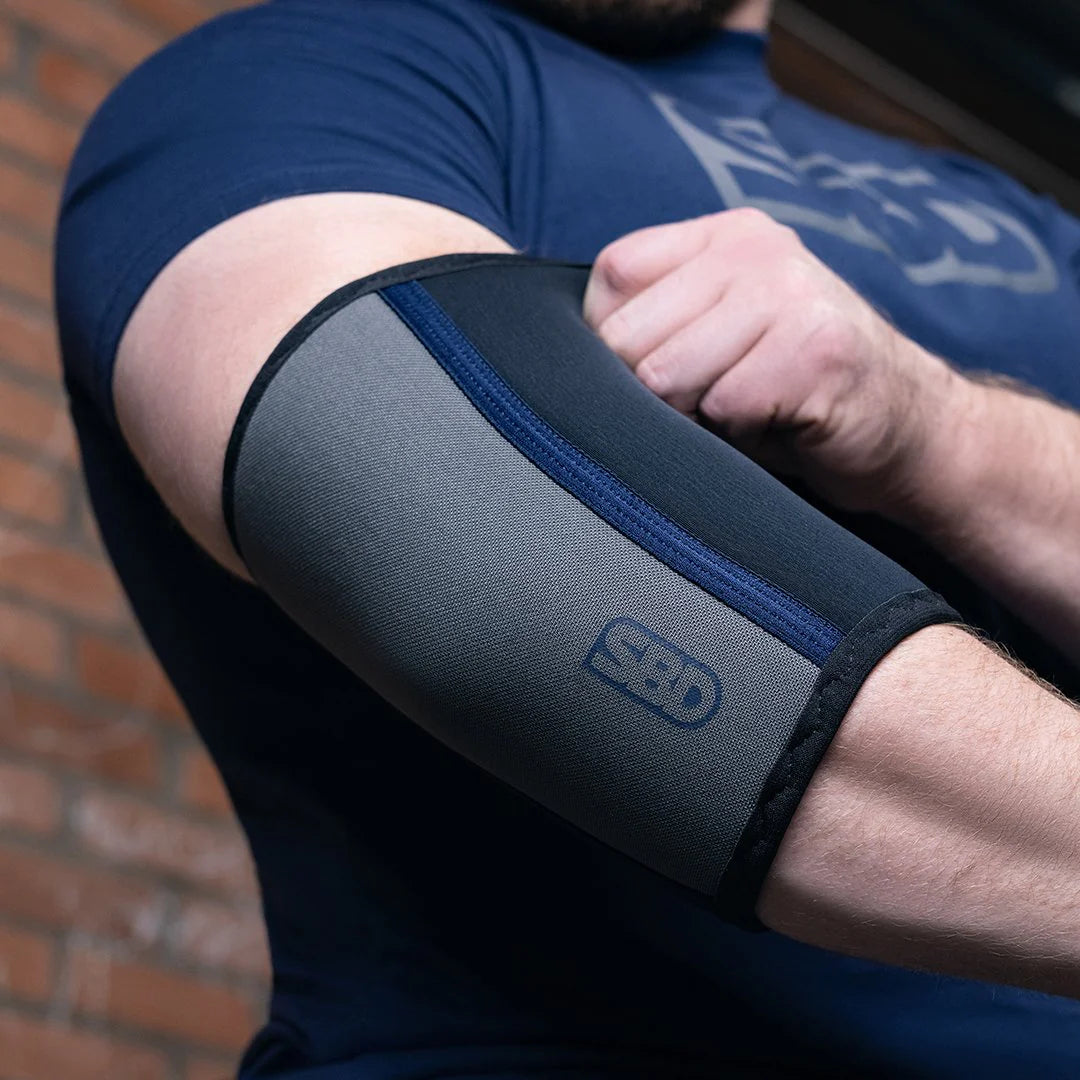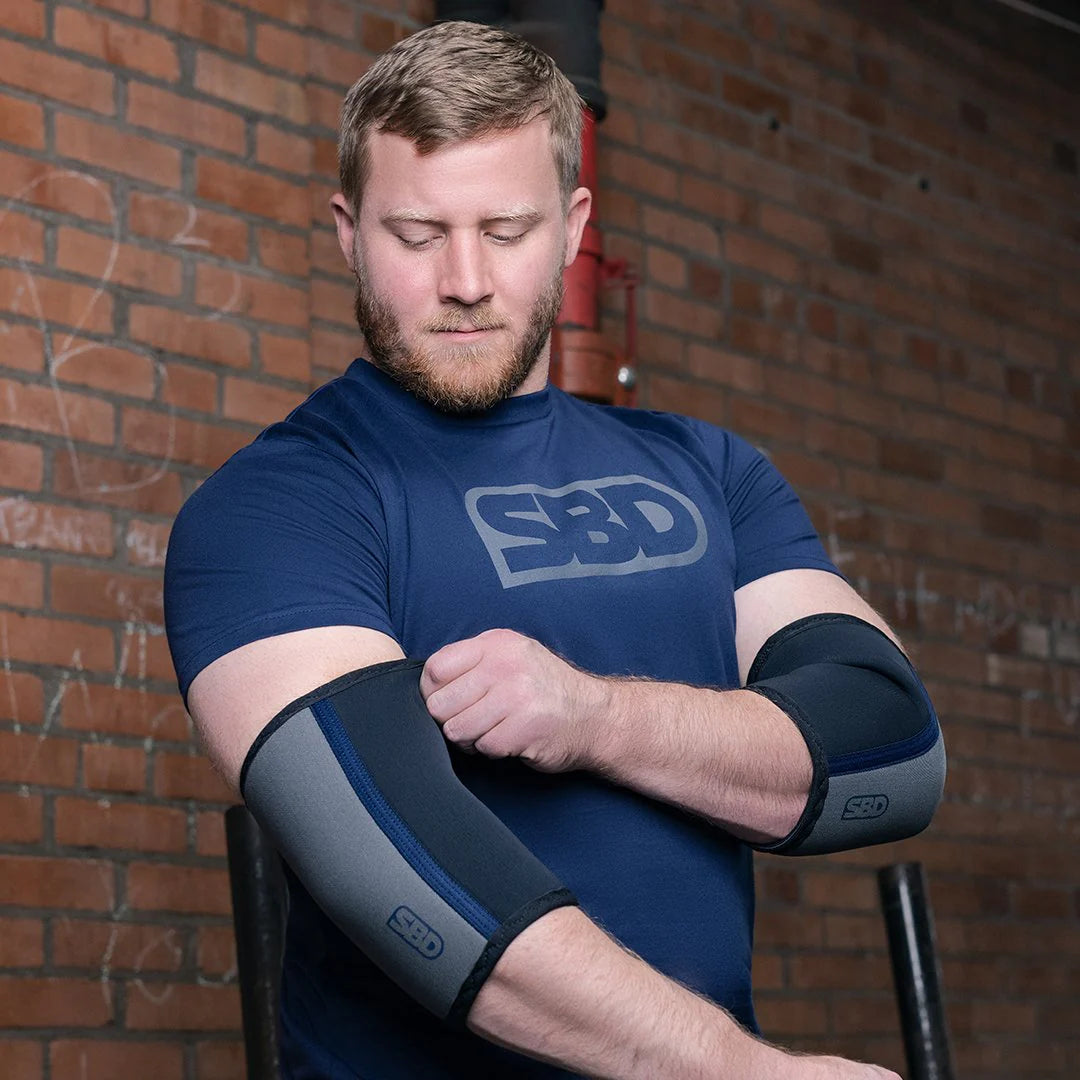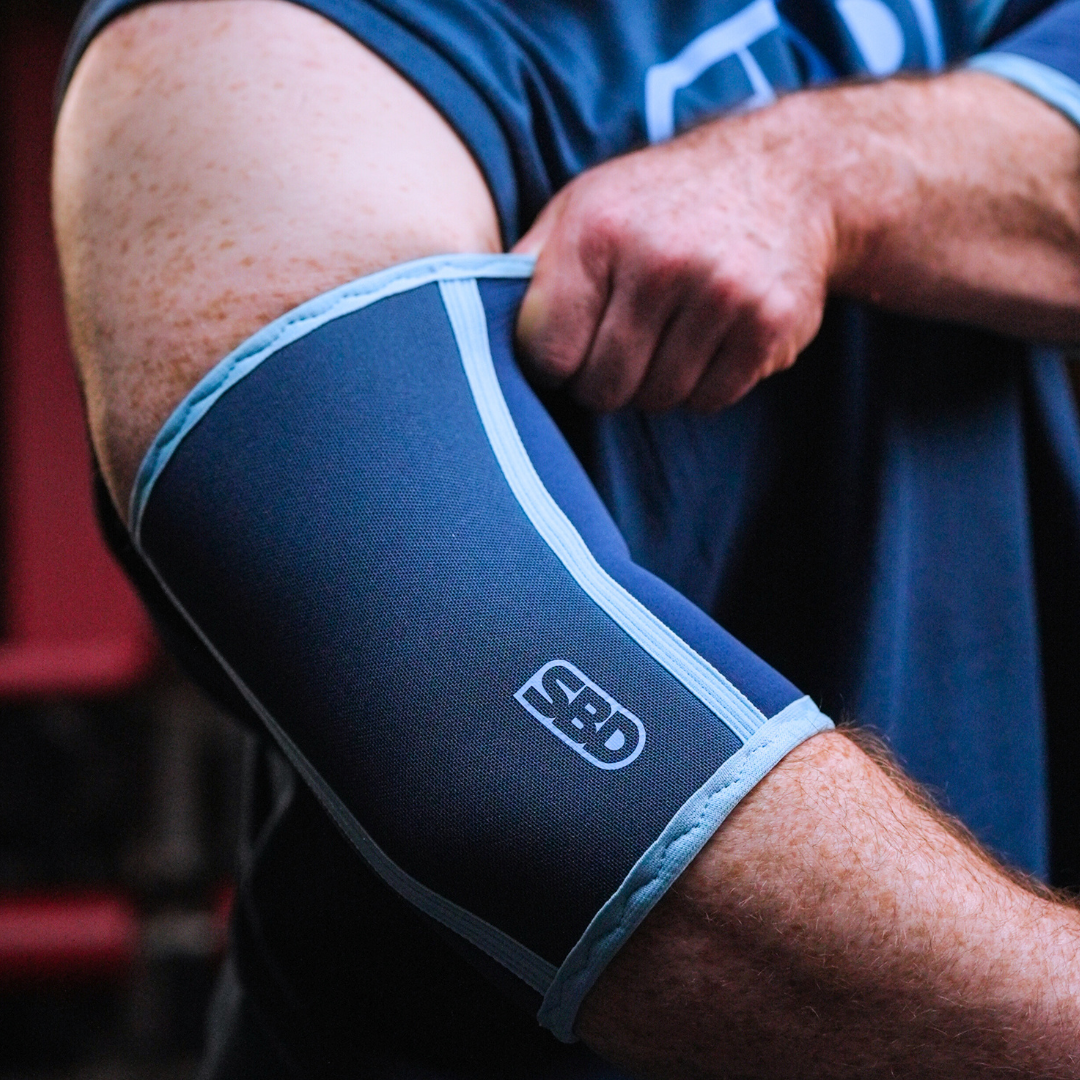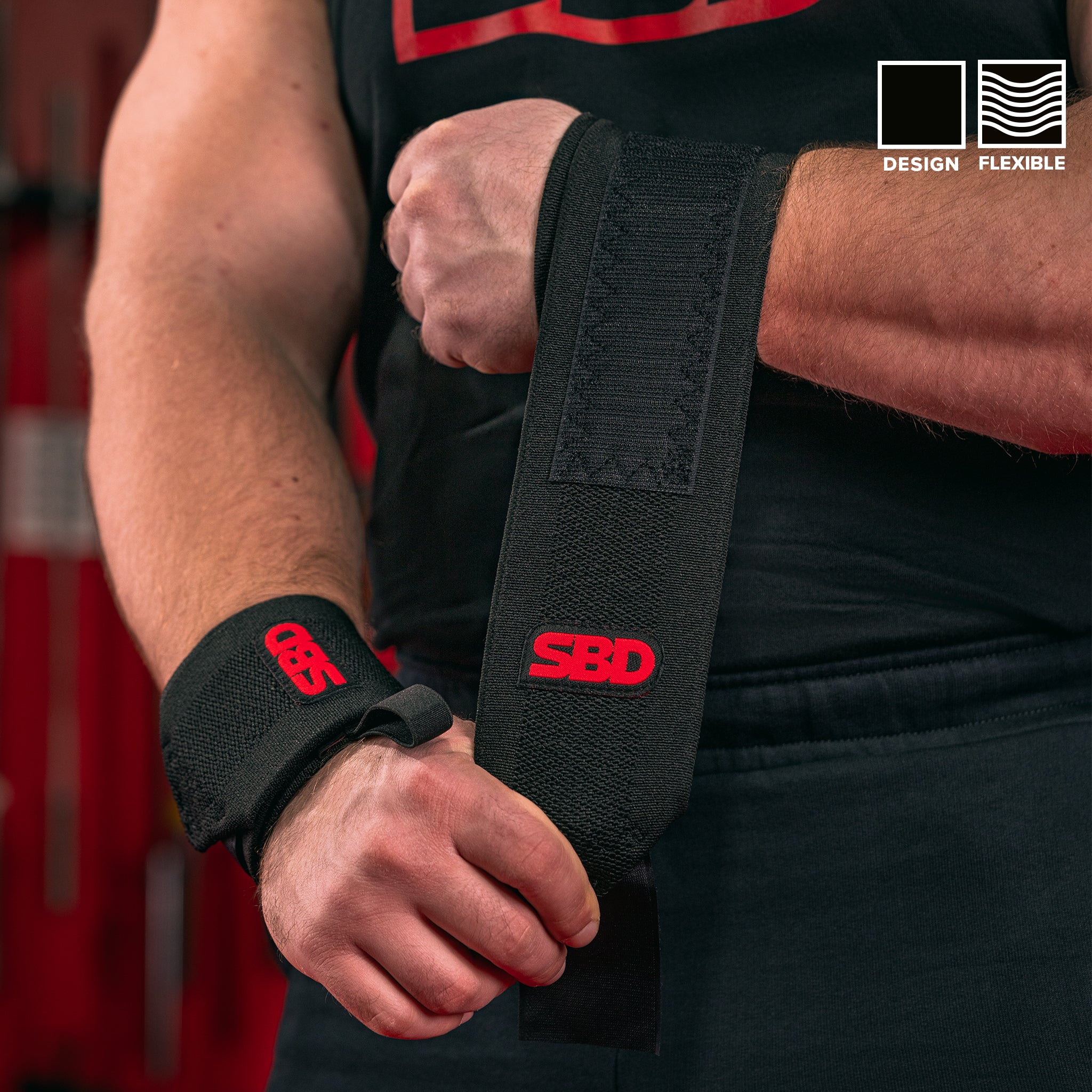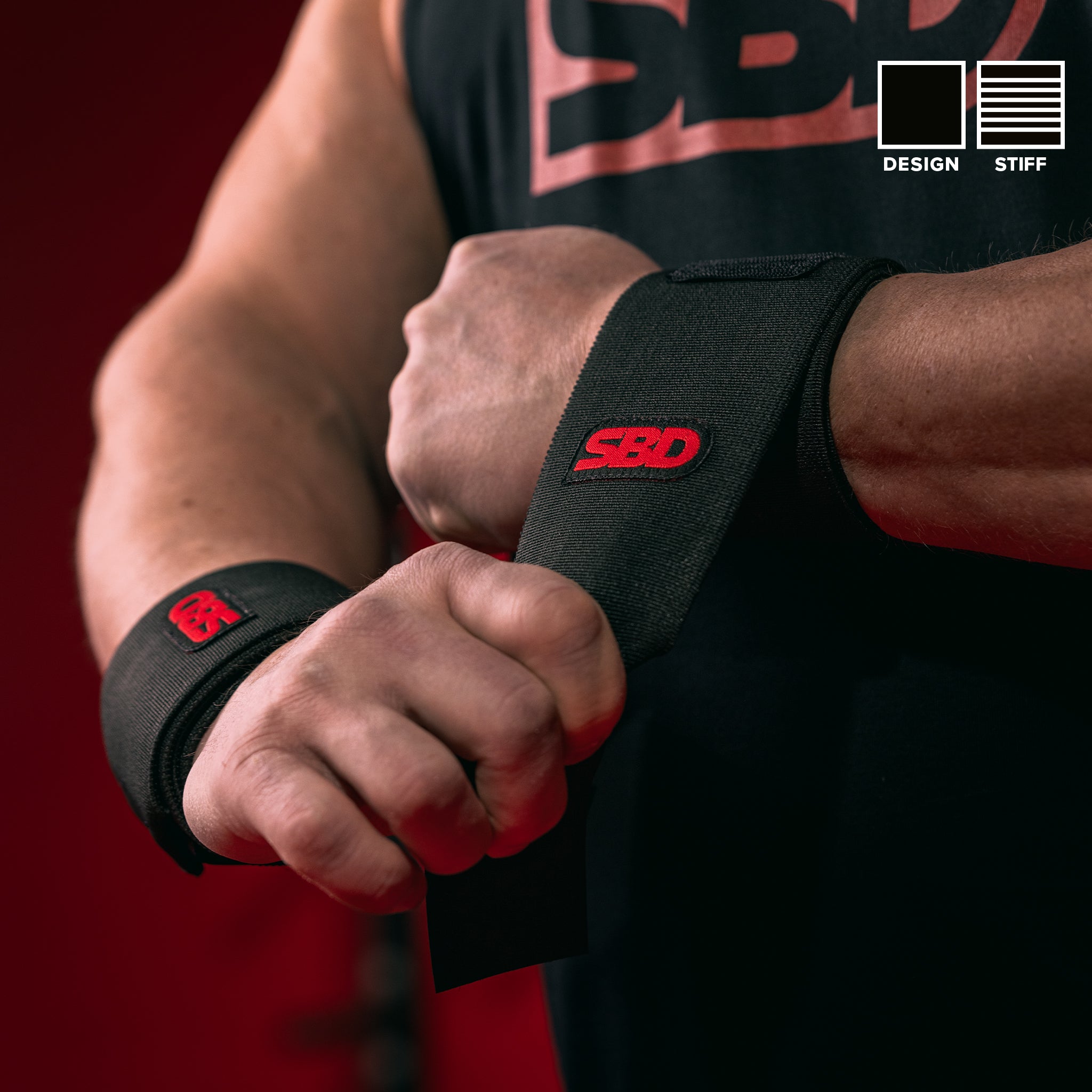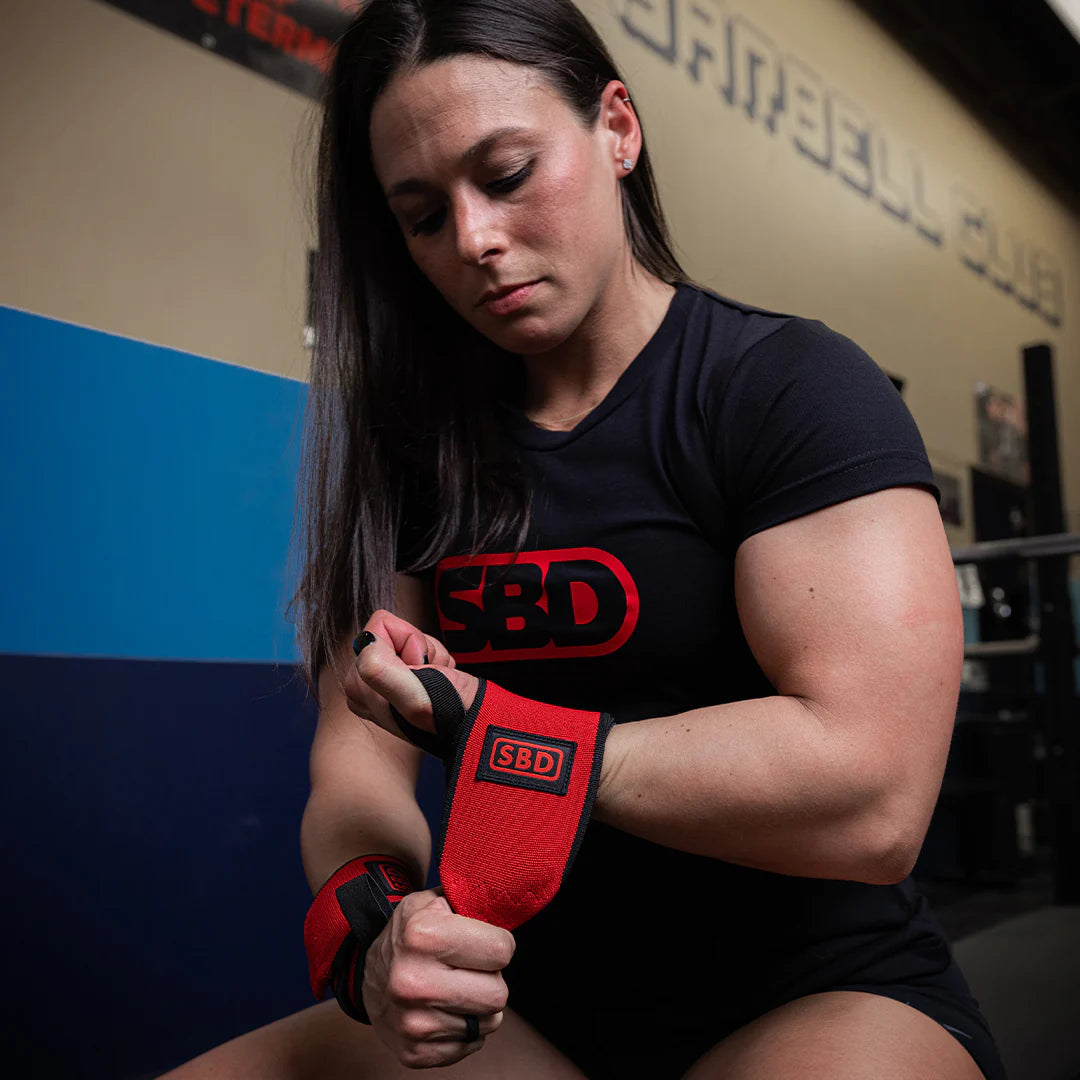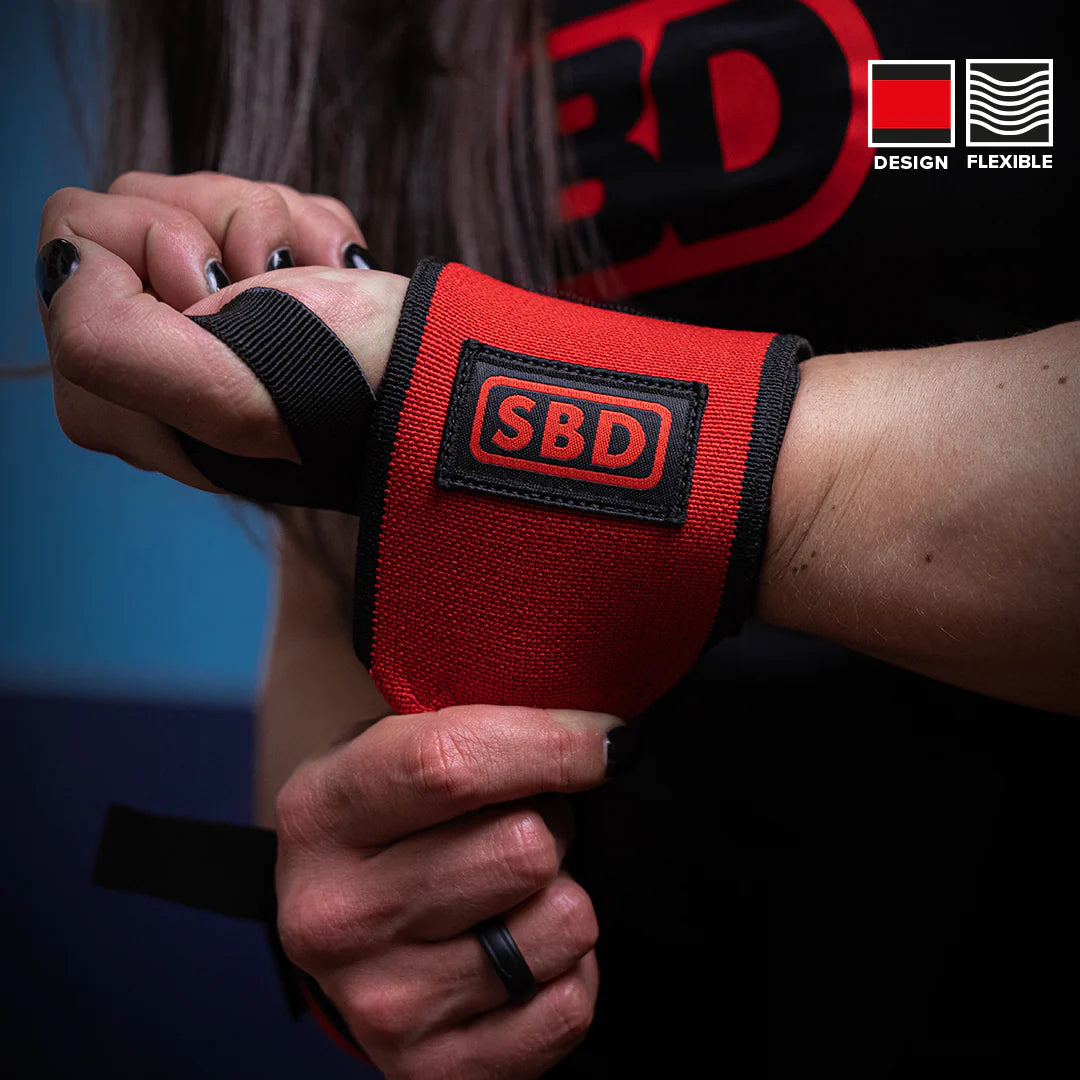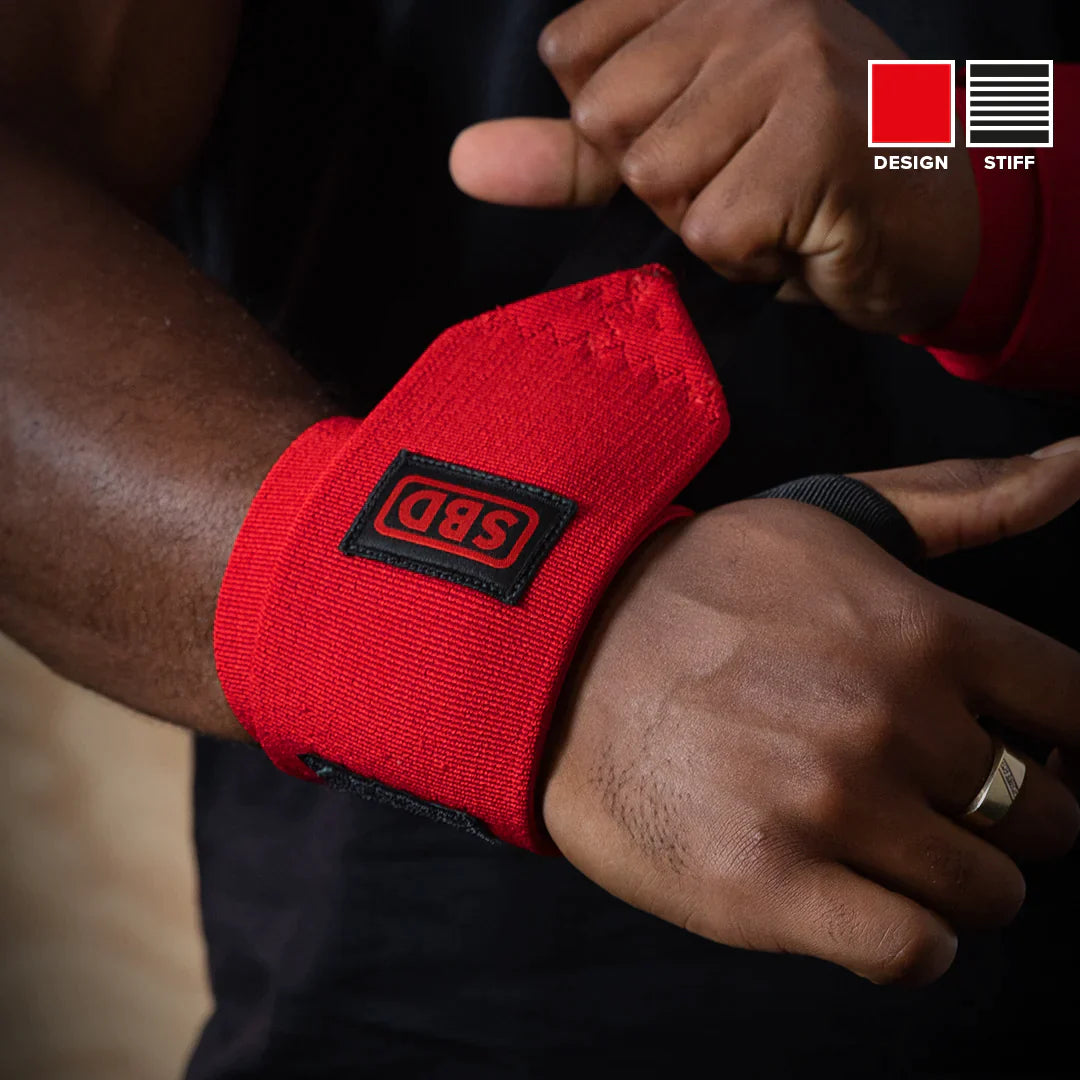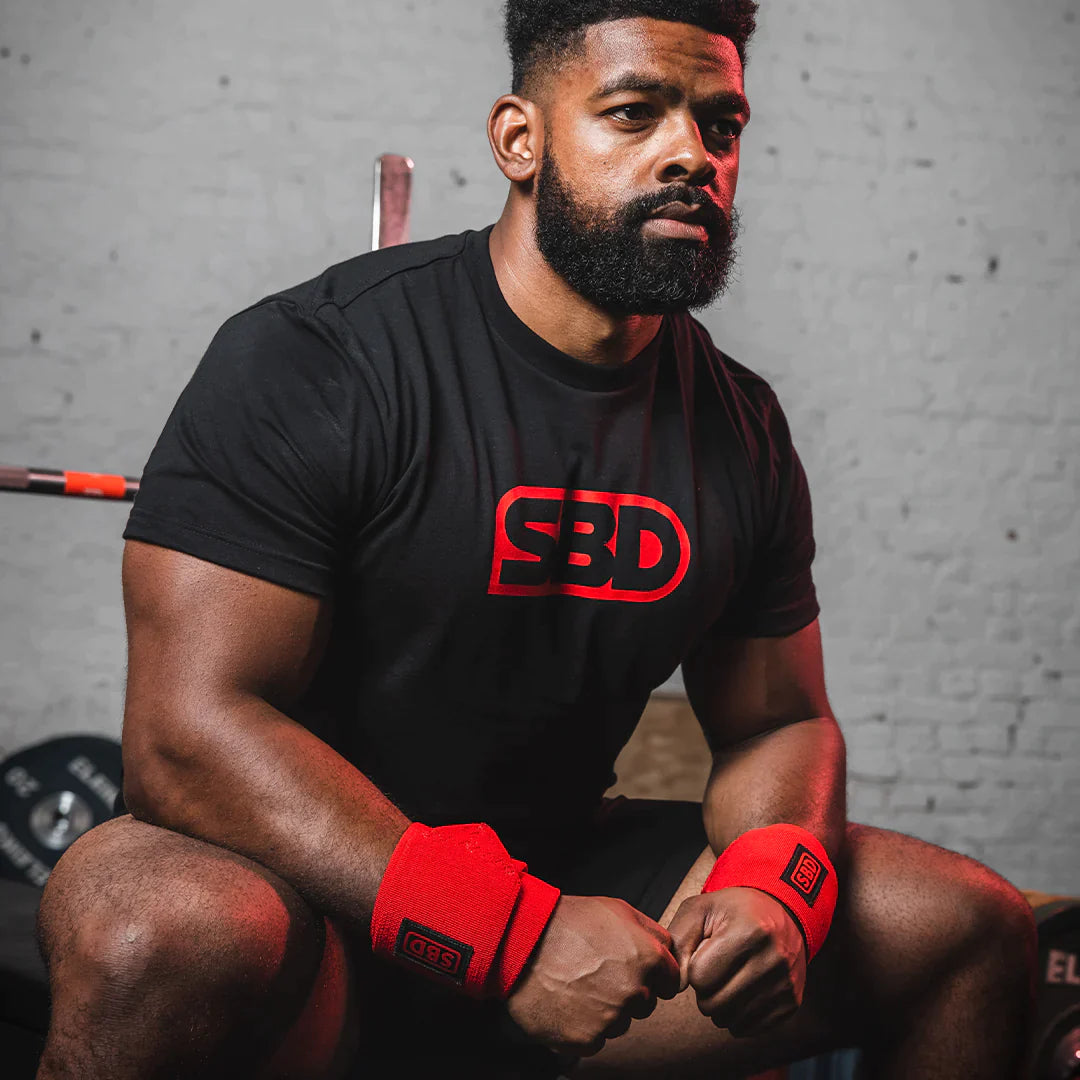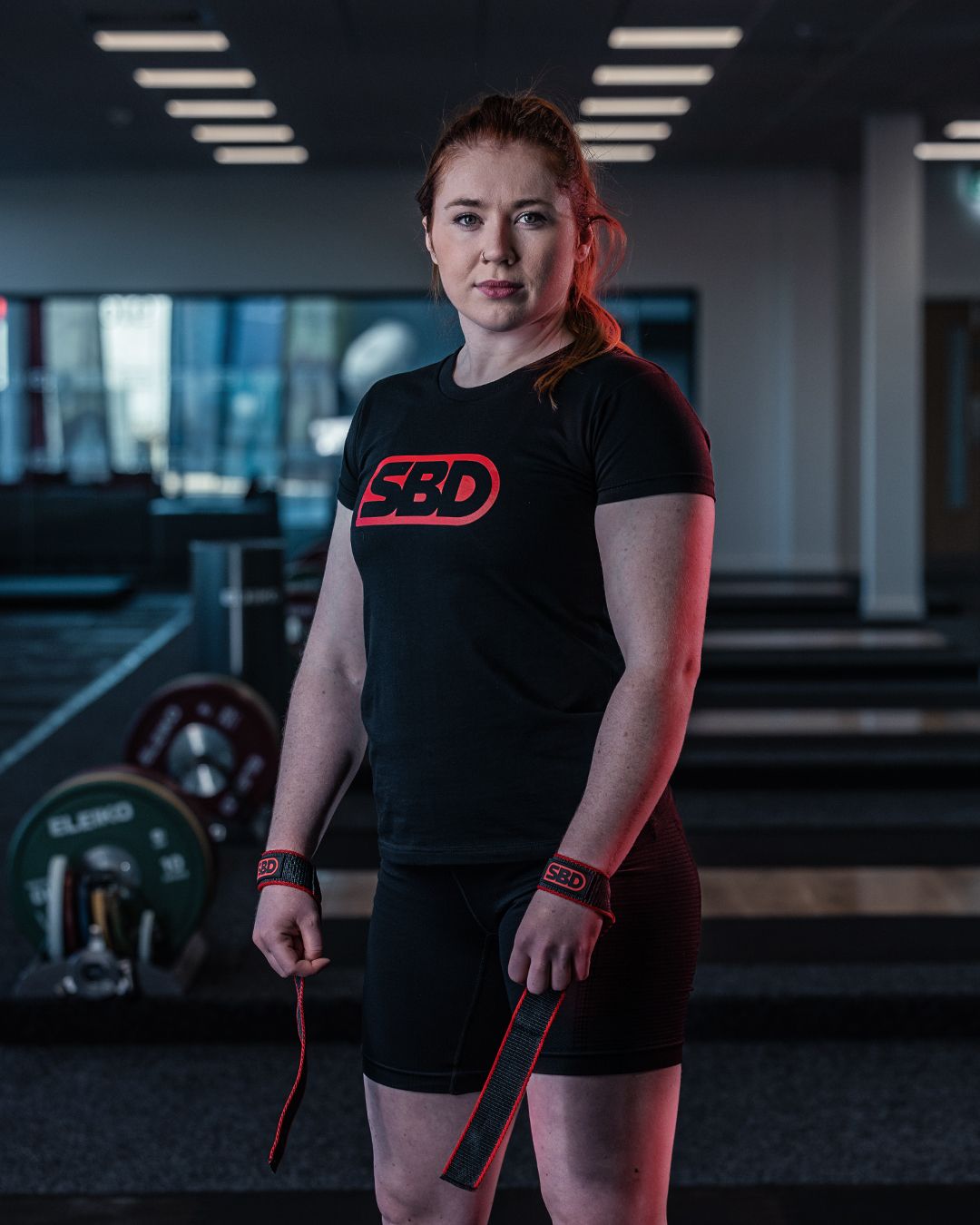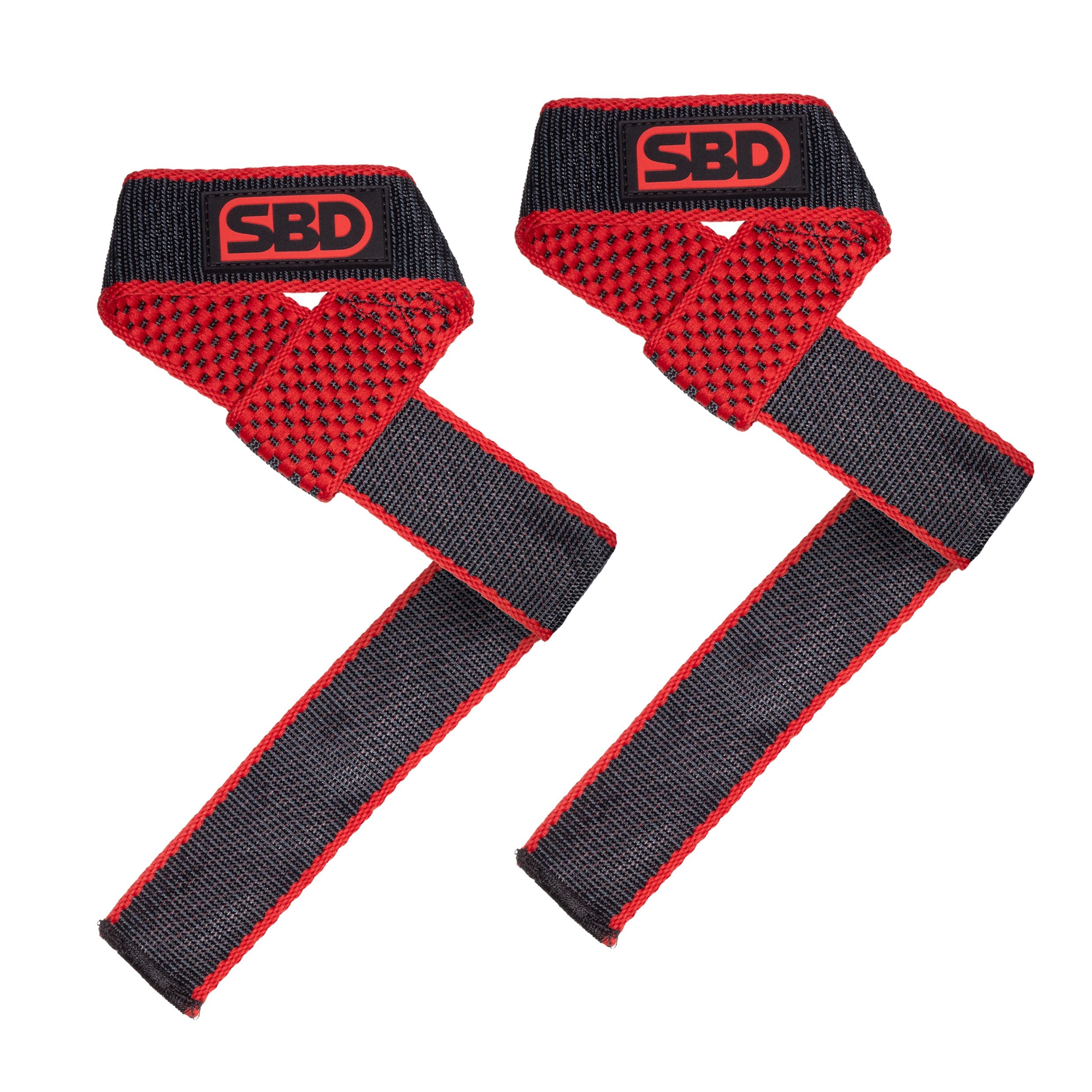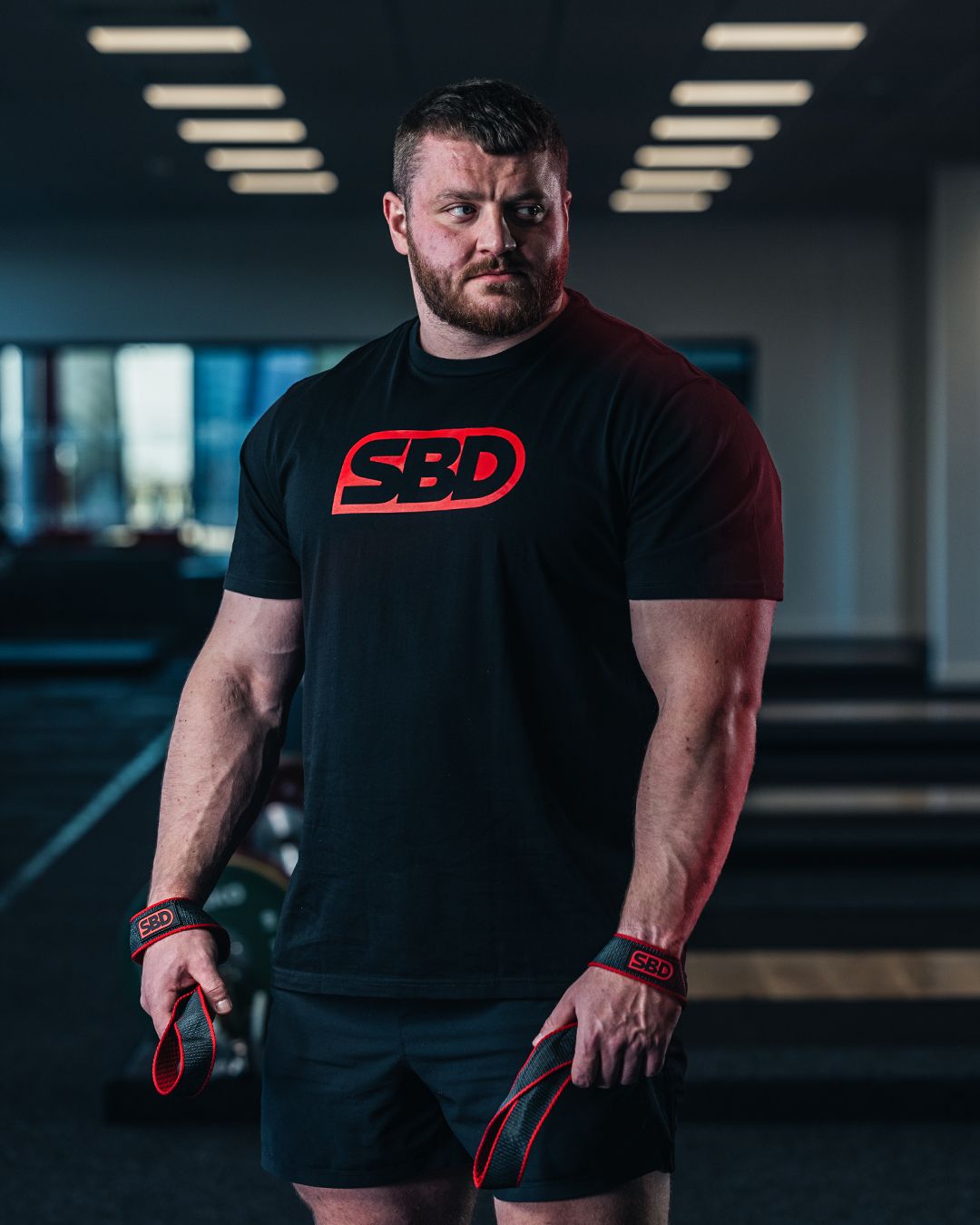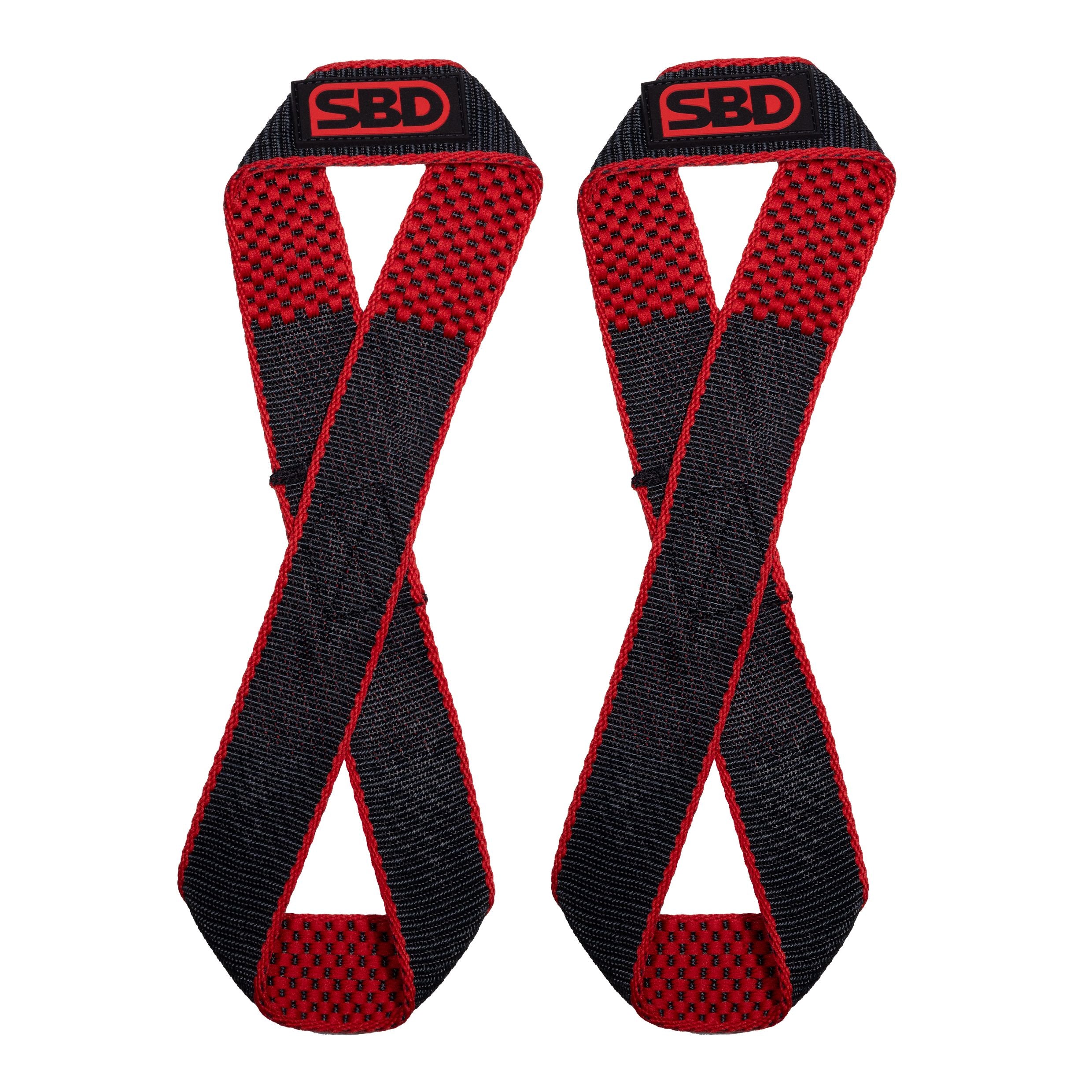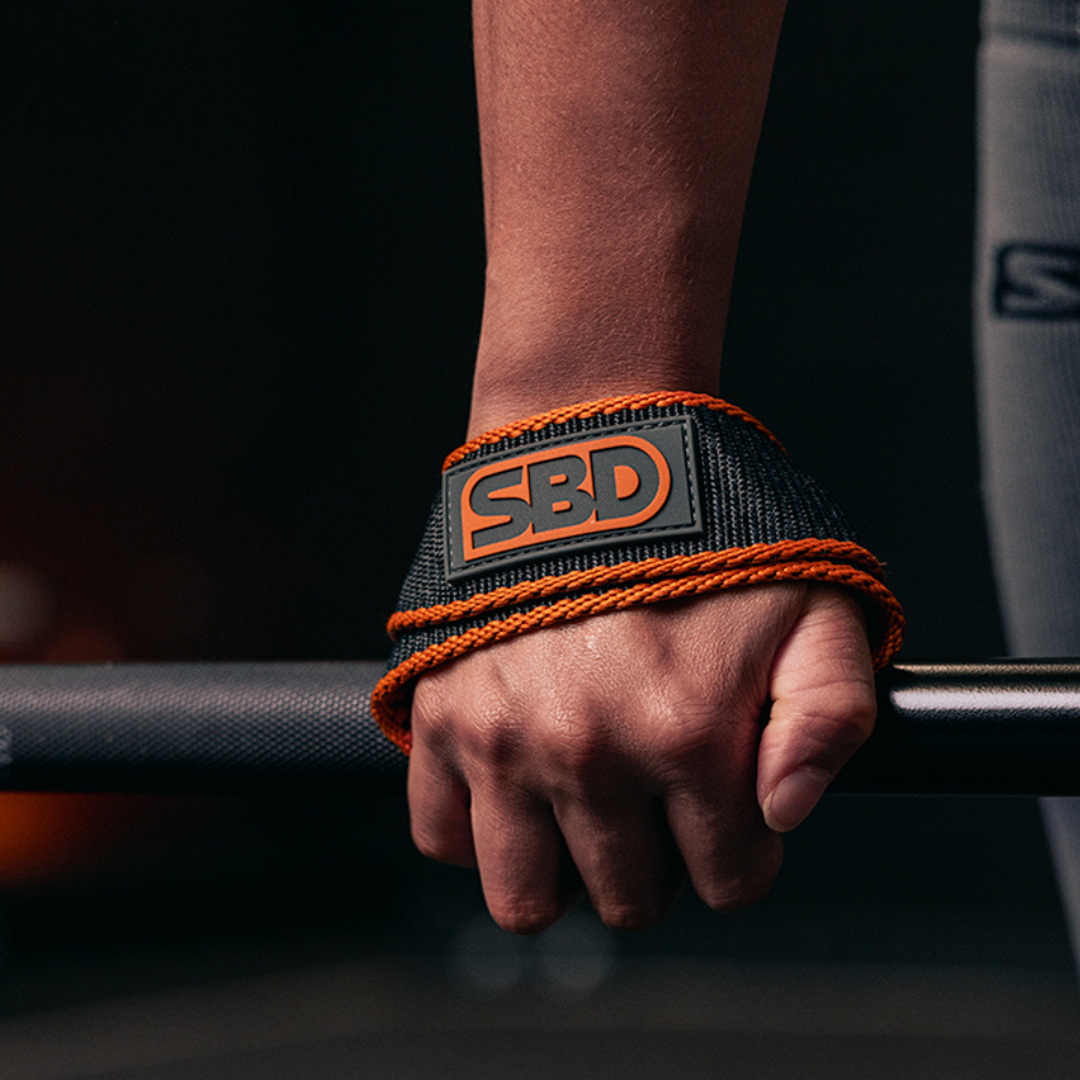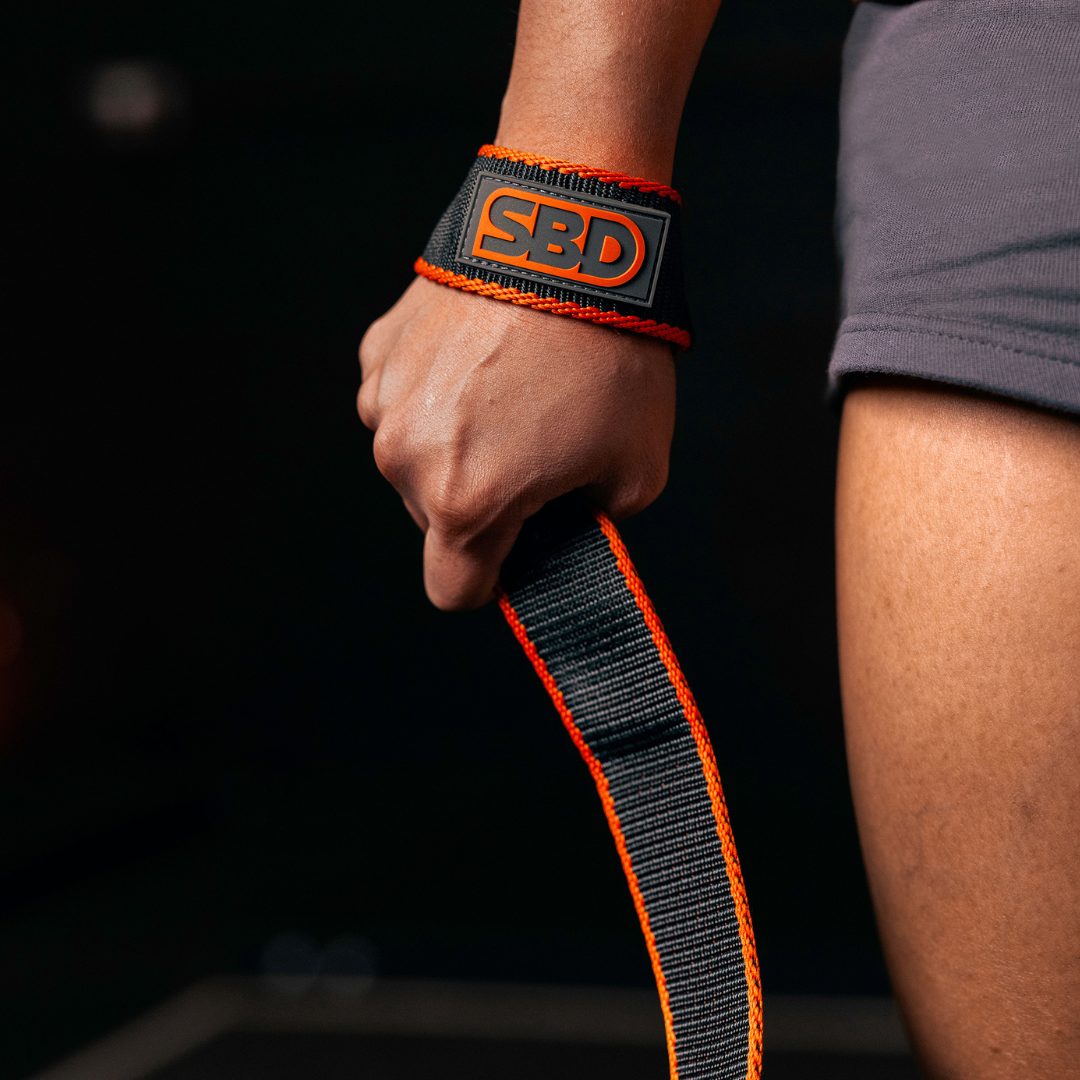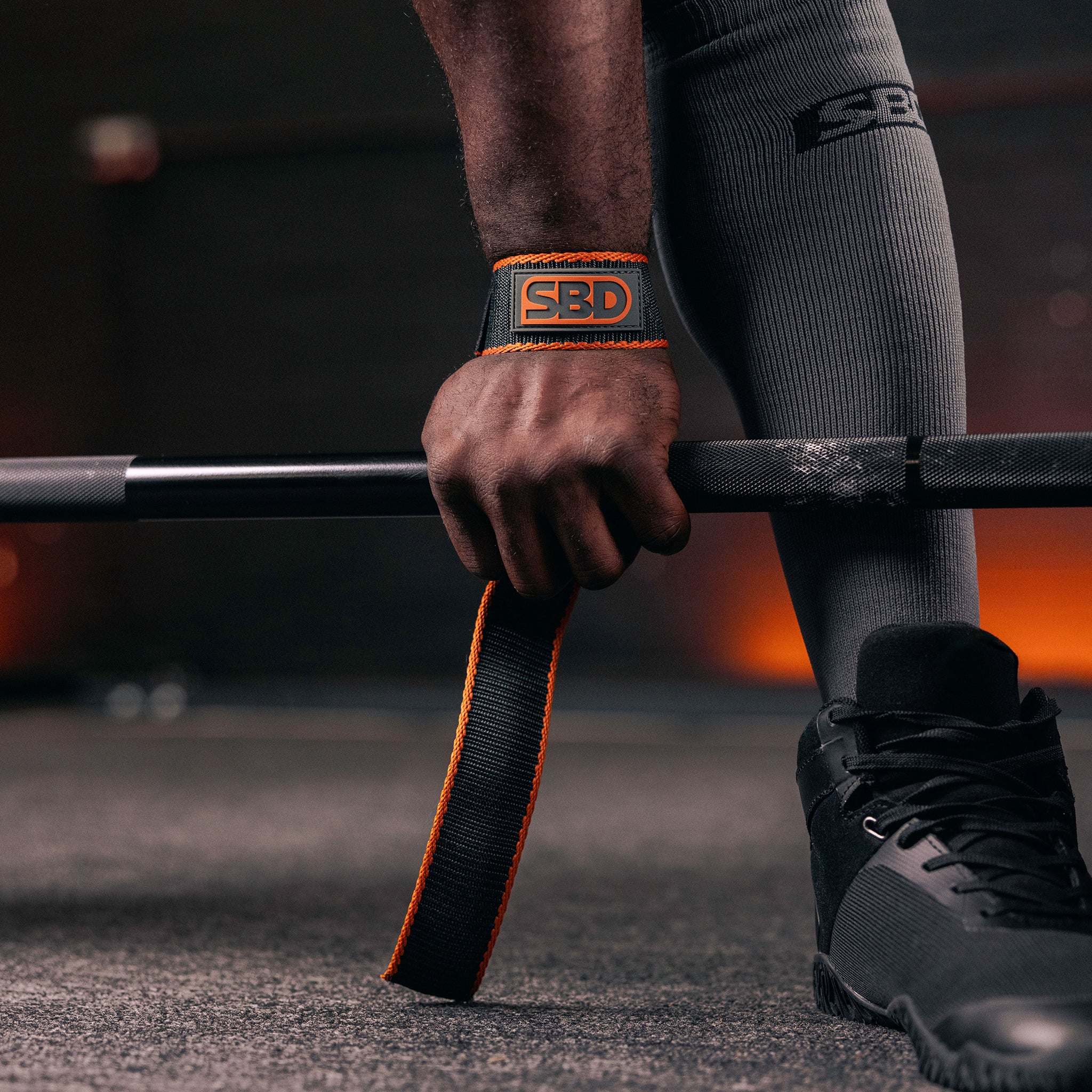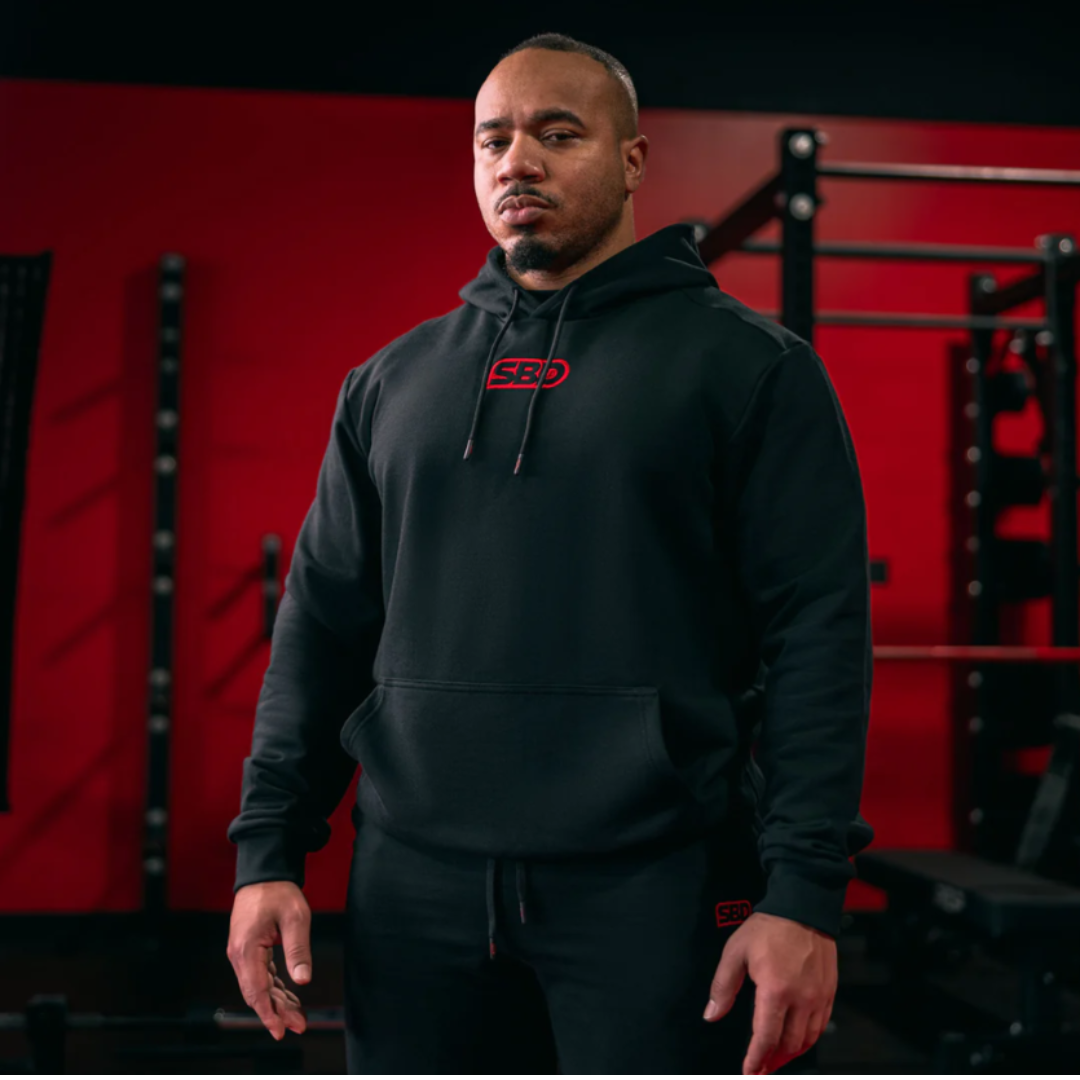Squats are known as the "king of exercises"—and for good reason. They target multiple muscle groups, boost strength, and improve overall mobility. But if your back hurts when you squat, that “king” starts feeling more like a tyrant. Whether you're new to fitness or a seasoned lifter, back pain during squats can derail progress and lead to long-term injuries if ignored. Fortunately, with the right knowledge and guidance, it’s a fixable problem.
Let’s explore the science, biomechanics, and expert strategies to help you squat pain-free and safely again.
Understanding Back Pain During Squats
Back pain while squatting can be subtle or severe, acute or chronic. But all of it is a signal from your body saying something’s not quite right.
Common Causes of Squat-Related Back Pain
-
Poor technique – The number one cause. Rounding your back or letting your knees cave in can cause unnecessary spinal pressure.
-
Muscle imbalances – Weak glutes or tight hip flexors throw off alignment.
-
Lack of mobility – Limited range of motion in the hips, ankles, or thoracic spine forces compensations.
-
Incorrect loading – Lifting too heavy or using improper bar placement strains the spine.
-
Existing injuries – Herniated discs, strained erector spinae, or sciatica can be exacerbated by squatting.
How to Differentiate Between Muscle Soreness and Injury
It’s vital to know whether you're just sore or injured. Here’s a quick breakdown:
| Symptom | Likely Soreness | Possible Injury |
|---|---|---|
| Appears | 24–48 hrs later | During or immediately after |
| Pain type | Dull ache | Sharp, stabbing |
| Movement | Eases with warm-up | Worsens with movement |
| Duration | 2–3 days | More than a week |
| Other signs | None | Bruising, swelling, numbness |
Biomechanics of a Proper Squat
Understanding how your body should move during a squat is key to avoiding pain.
Spine Alignment and Core Engagement
Your spine should remain in a neutral position—not rounded, not hyperextended. Engaging the transverse abdominis and bracing your core effectively reduces compressive forces.
Hip Mobility and Ankle Flexibility
Limited hip external rotation or stiff ankles often cause compensatory back movement. Regular stretching and mobility drills can help.
Try these:
-
90/90 hip stretches
-
Ankle dorsiflexion exercises
-
Foam rolling the calves and glutes
Common Squat Mistakes That Lead to Back Pain
Rounded Back or Hyperextension
A rounded lumbar spine shifts load away from your legs and onto your back, especially under heavy loads. Equally, overextending the back (hyperlordosis) during descent puts pressure on the vertebral joints.
Knee Position and Its Effect on the Spine
Letting your knees shoot too far forward or cave inward (valgus collapse) often forces the lower back into a compromising angle. Knees should track over the toes and remain stable throughout.
Diagnosing the Root Cause: Tools and Methods
Postural Analysis
A certified trainer or physiotherapist can conduct:
-
Static assessments (e.g., pelvic tilt, kyphosis)
-
Dynamic assessments (e.g., squat screen, gait)
Mobility and Strength Assessments
Weak glutes, core, or hamstrings, or tight hip flexors or quads, can be identified through simple movement tests such as:
-
Thomas Test
-
Wall ankle mobility test
-
Glute bridge test
Effective Fixes: How to Squat Without Pain
Mobility Workouts for Squat Depth
Doing mobility drills before your workout significantly improves depth and form.
Suggested Routine (10 min warm-up):
-
World’s Greatest Stretch – 2 sets of 30s/leg
-
Hip CARS – Controlled rotations, 10 reps
-
Ankle dorsiflexion drill with band – 3 sets of 15
-
Bodyweight squat holds – 3 sets of 20–30s
Strengthening the Posterior Chain
Your posterior chain—glutes, hamstrings, spinal erectors—supports your spine.
Try:
-
Romanian deadlifts
-
Glute bridges with a pause
-
Reverse lunges
Bracing Techniques and Breathing Patterns
Learn to brace your core like you're about to be punched. Combine this with the Valsalva manoeuvre during heavy lifts.
Should You Stop Squatting? Expert Opinions
Not necessarily. Many experts suggest modifying the movement rather than avoiding it. Try:
-
Goblet squats
-
Box squats
-
Safety bar squats
Focus on form and gradually return to standard squats as you build strength.
Tailored Rehab Strategies for Back Pain
If you're recovering from injury:
-
Start with isometric core holds (e.g., planks).
-
Progress to unloaded movements.
-
Use tempo work to build control.
Always consult a professional for customised guidance.
Preventative Strategies Moving Forward
-
Never skip your warm-up.
-
Use progressive overload, not ego lifting.
-
Film yourself or get form checks regularly.
-
Deload your training every 4–6 weeks.
Equipment That Can Help Squat Pain-Free
| Equipment | Purpose |
|---|---|
| Lifting belt | Assists with core stability |
| Knee sleeves | Encourages warmth and tracking |
| Squat shoes | Improve ankle mobility |
| Resistance bands | Aid with form drills |
When to See a Physiotherapist or Specialist
If you feel:
-
Pain radiating down the leg (sciatica)
-
Persistent dull ache for over a week
-
Tingling or numbness
…then it's time to consult a physiotherapist. Early intervention can prevent chronic issues.
FAQs
1. Is back pain normal after squatting?
Mild soreness can be normal, but sharp pain isn’t. Evaluate your technique and recovery.
2. Should I stop squatting if my back hurts?
Temporarily, yes. But focus on mobility, rehab, and alternative movements until fully recovered.
3. Can poor ankle mobility cause back pain?
Absolutely. Restricted ankles force compensations in your hips and back.
4. How do I brace properly during a squat?
Inhale deeply into your belly, contract your core as if preparing for a punch, and hold during descent.
5. Are belts cheating?
Not at all. When used correctly, they support your spine and enhance performance.
6. What squat variation is safest for the back?
Front squats and goblet squats reduce spinal load and encourage upright posture.
Conclusion: Fix It and Lift Stronger
Back pain during squats doesn’t mean the end of your lifting journey. With a solid understanding of biomechanics, proper technique, and a structured recovery plan, you can return stronger than ever. Remember—form always comes first. Fix the root cause, train smart, and enjoy pain-free squats for years to come.

